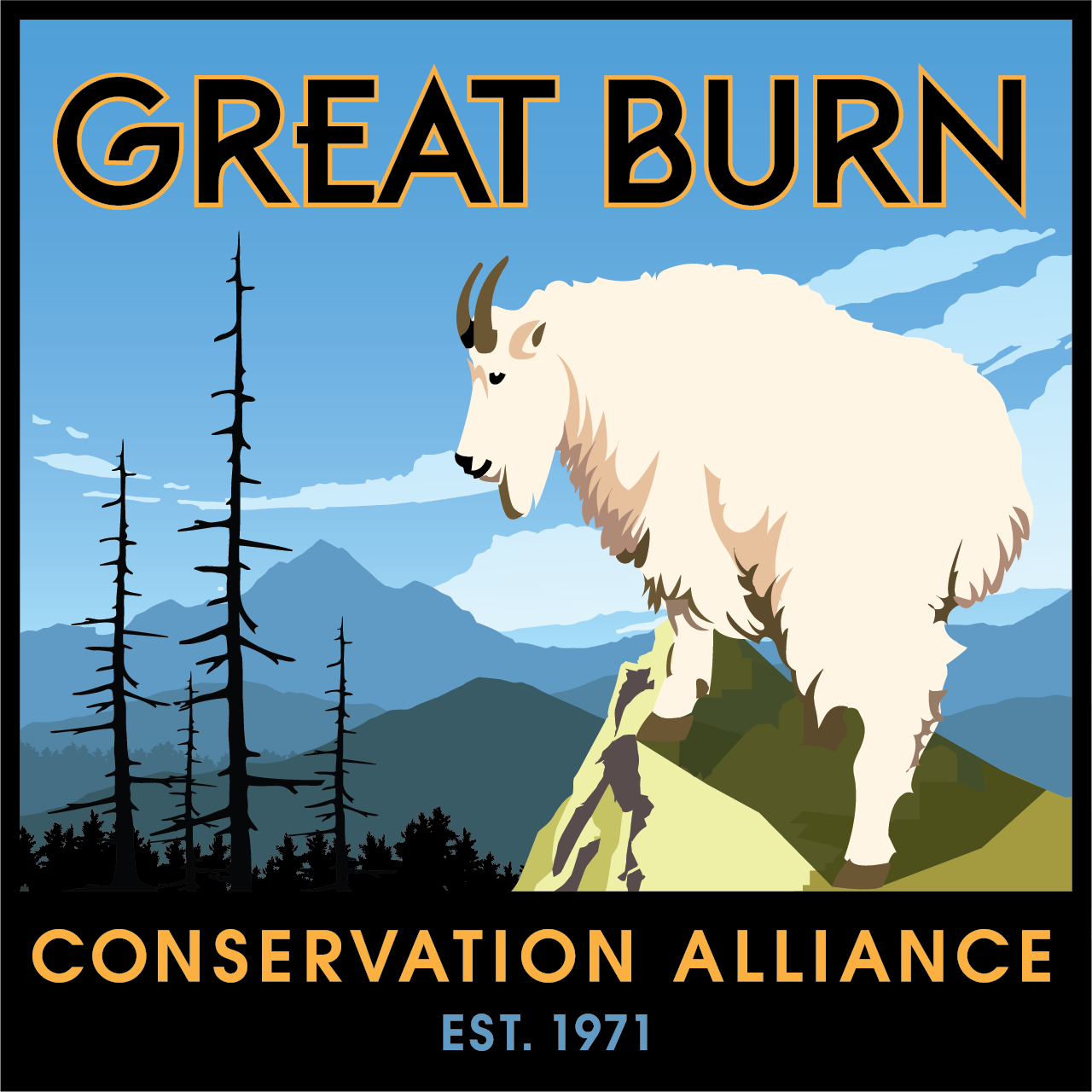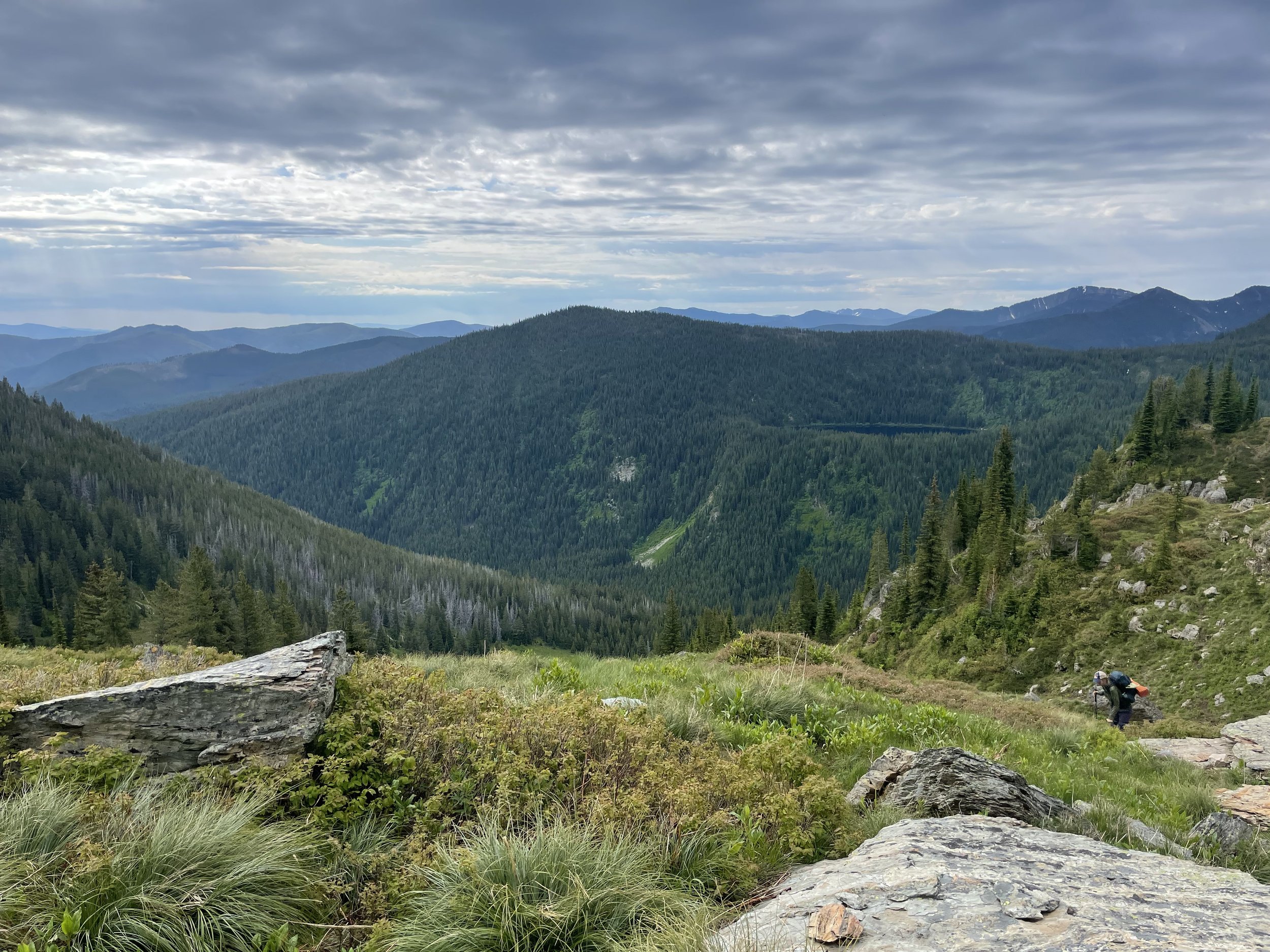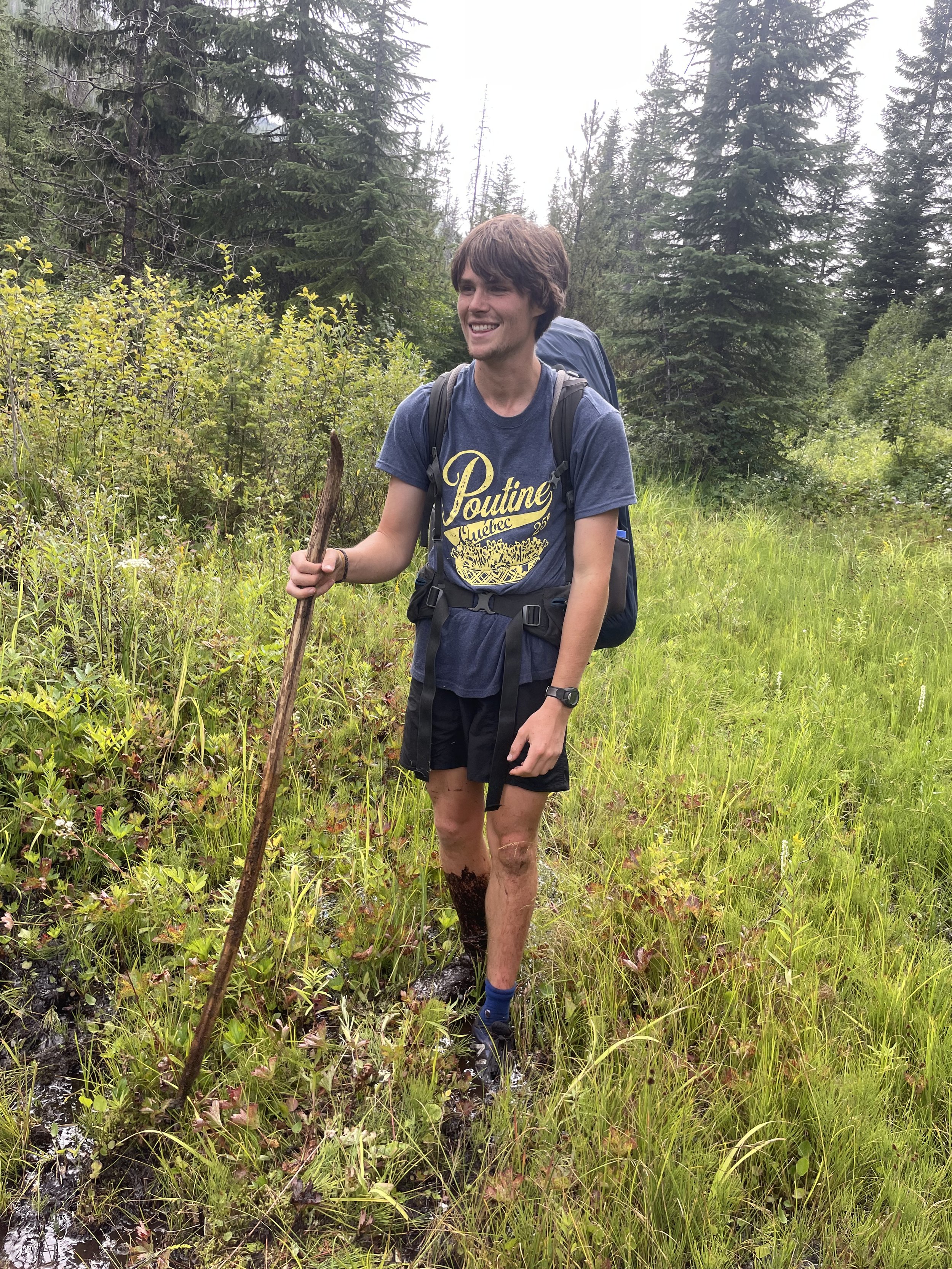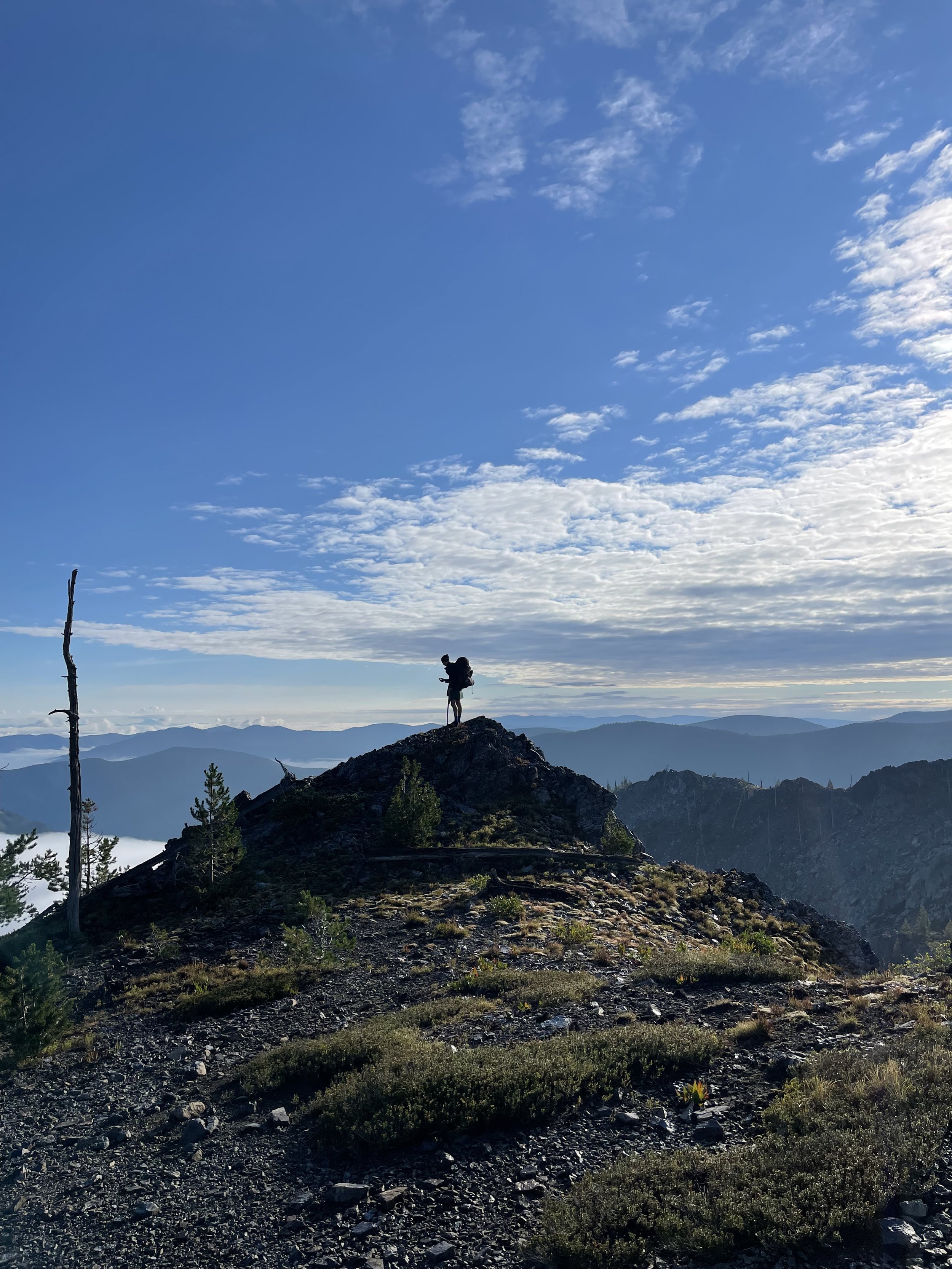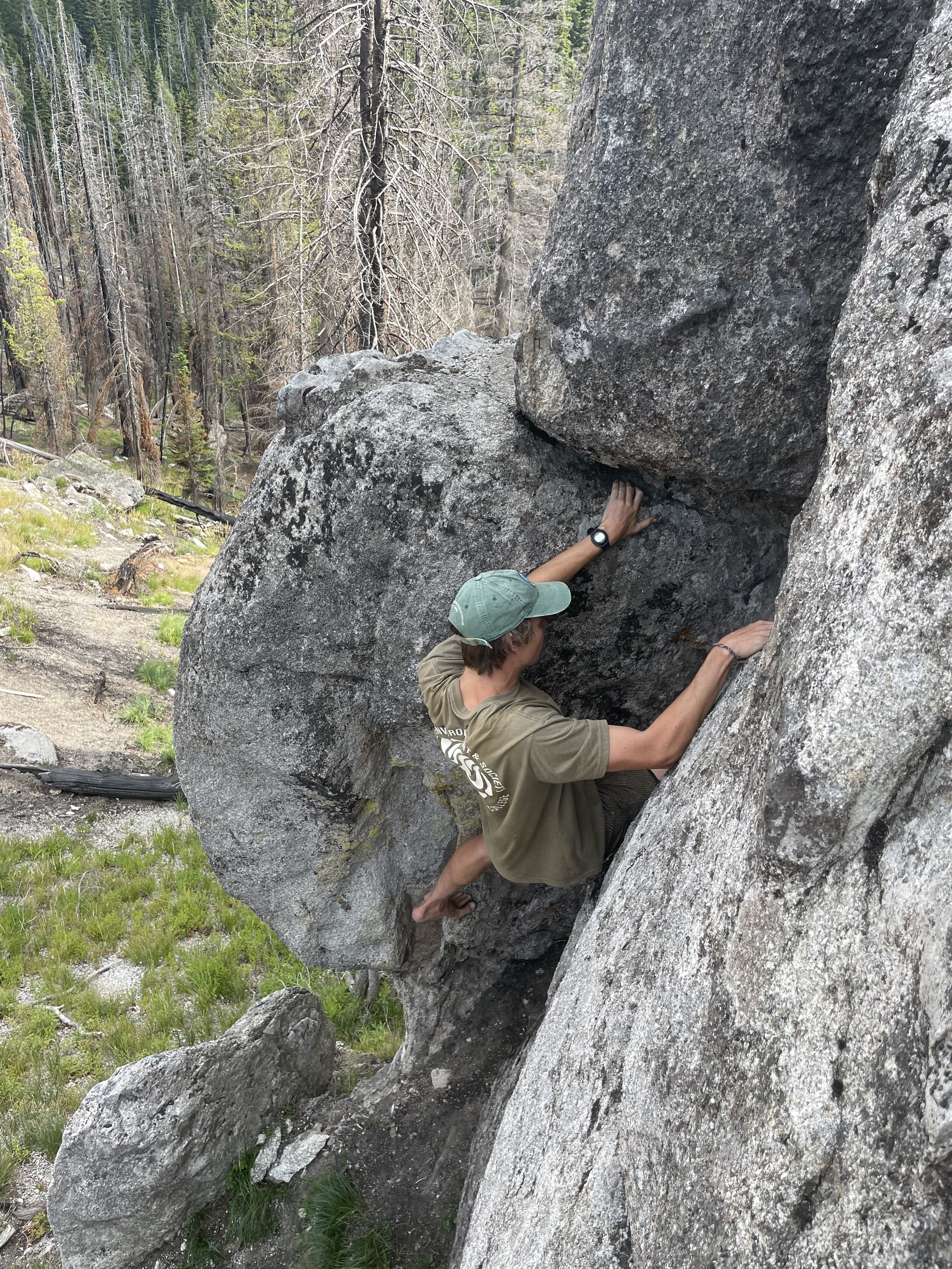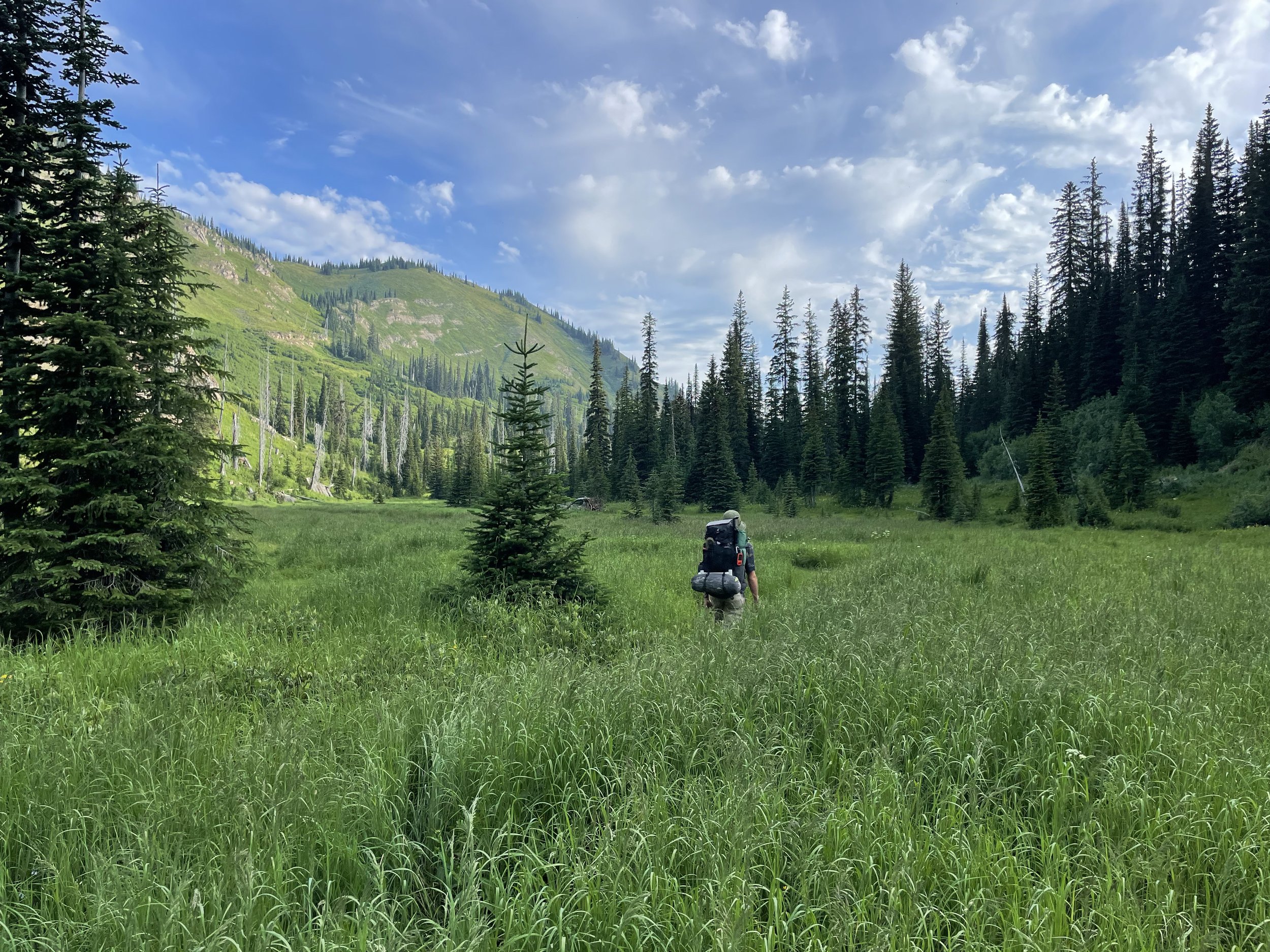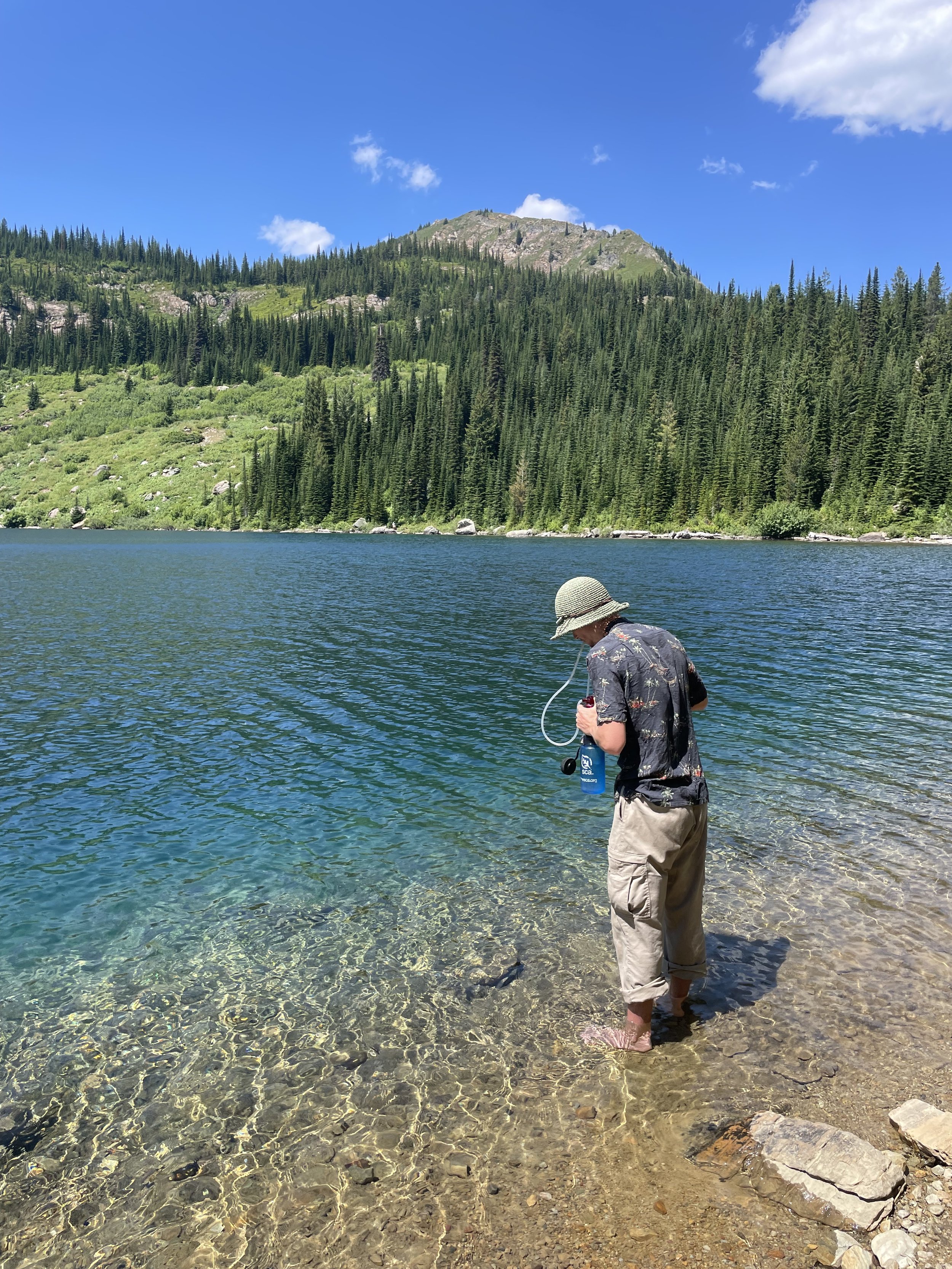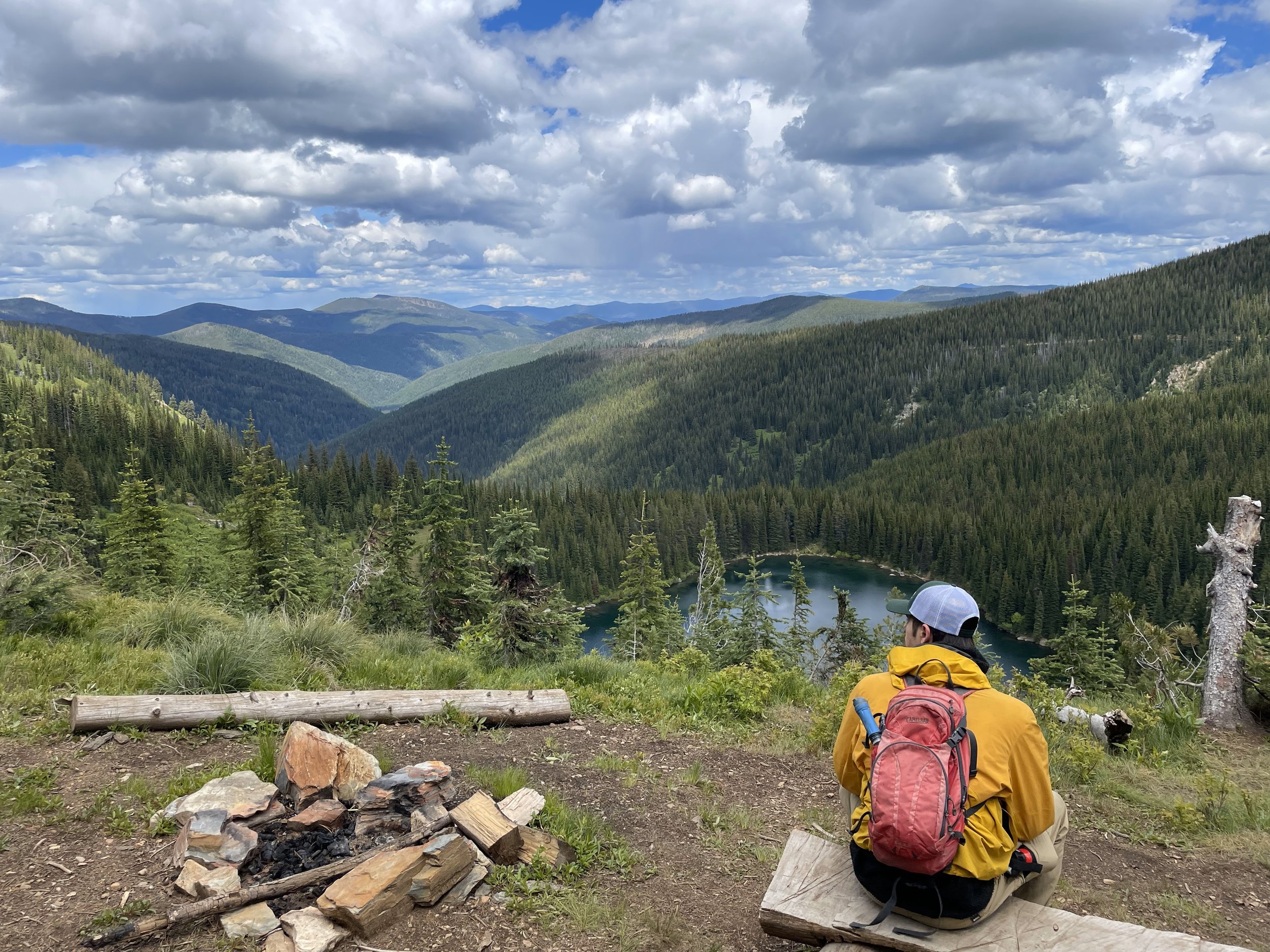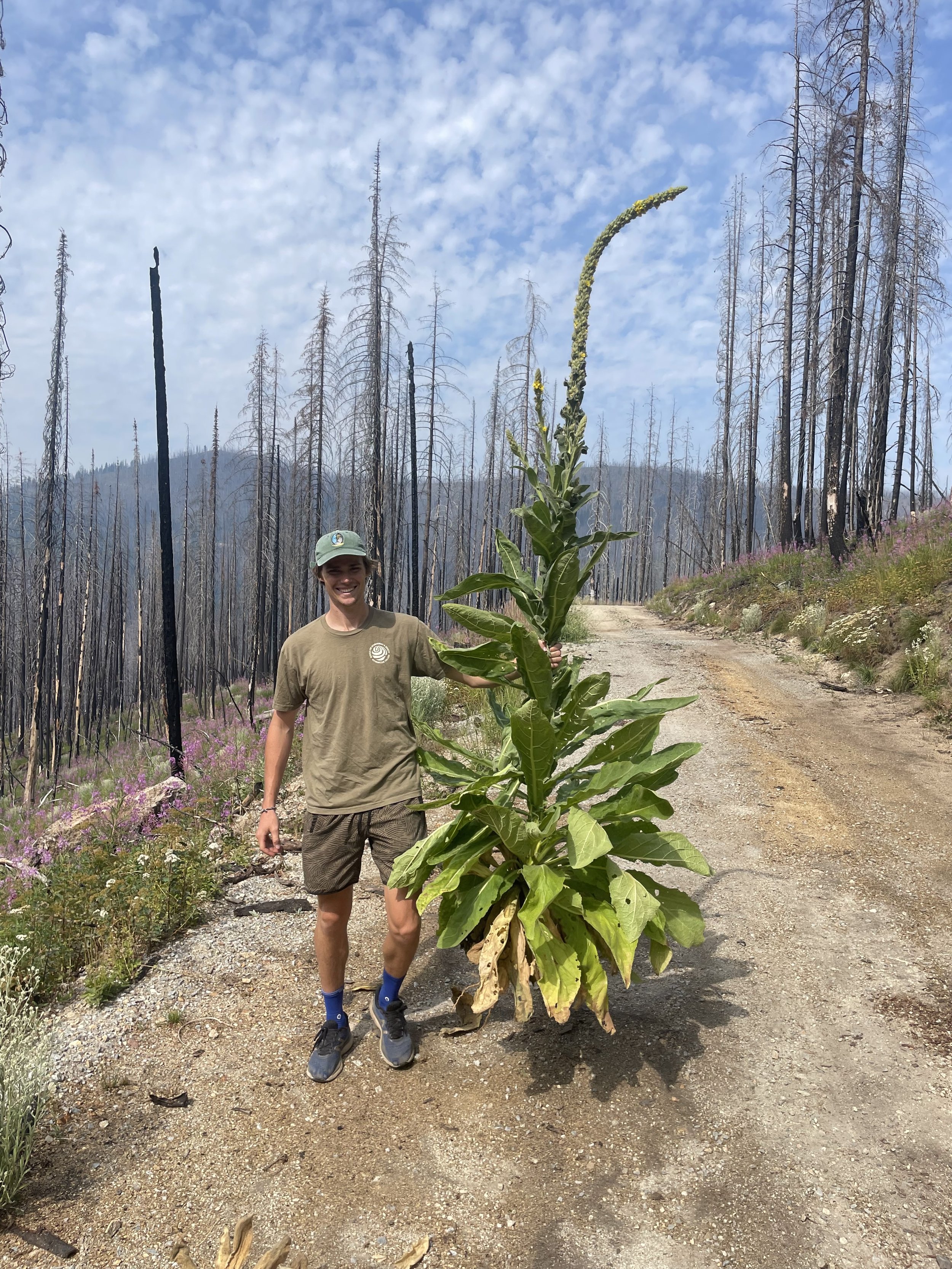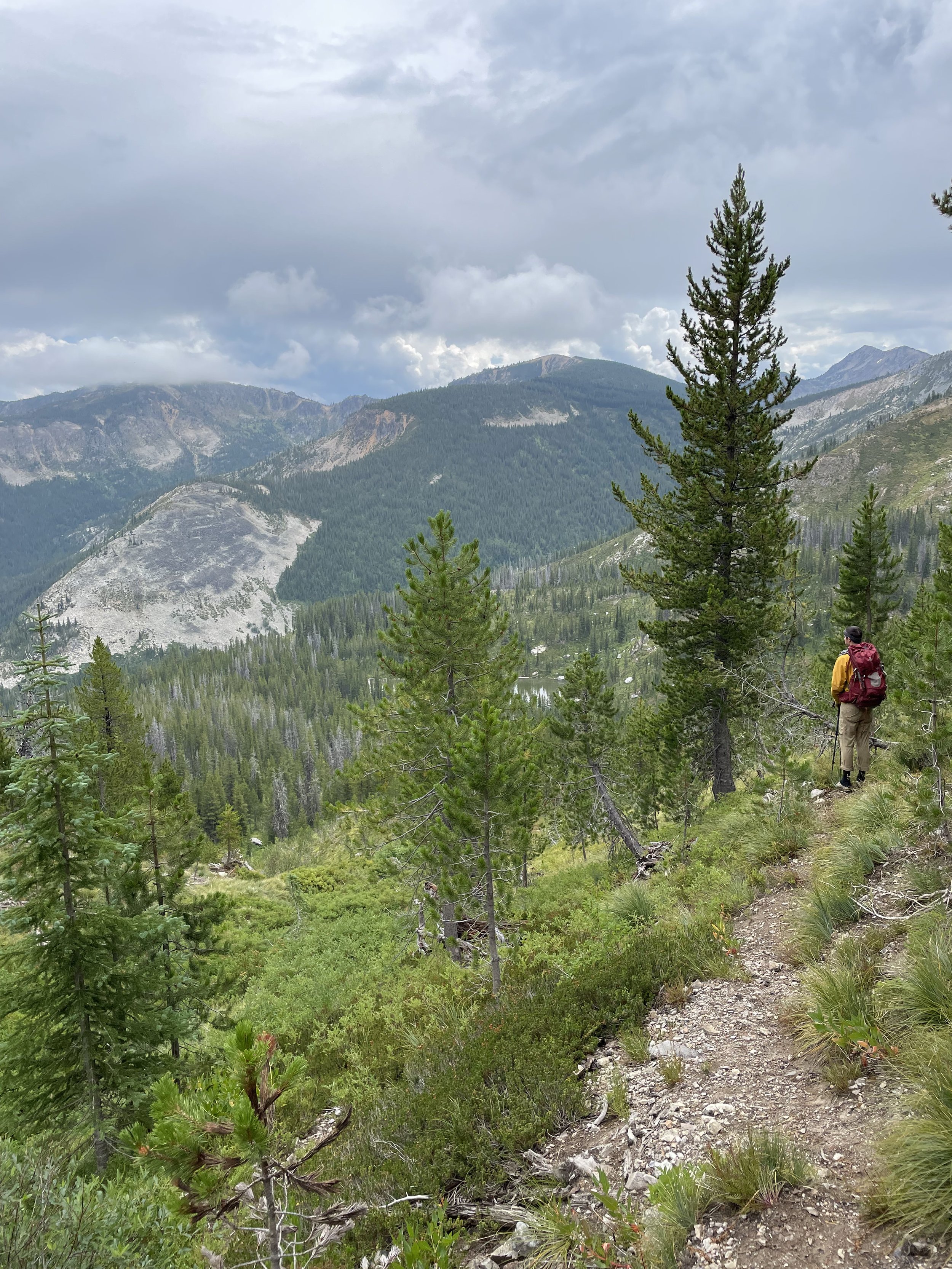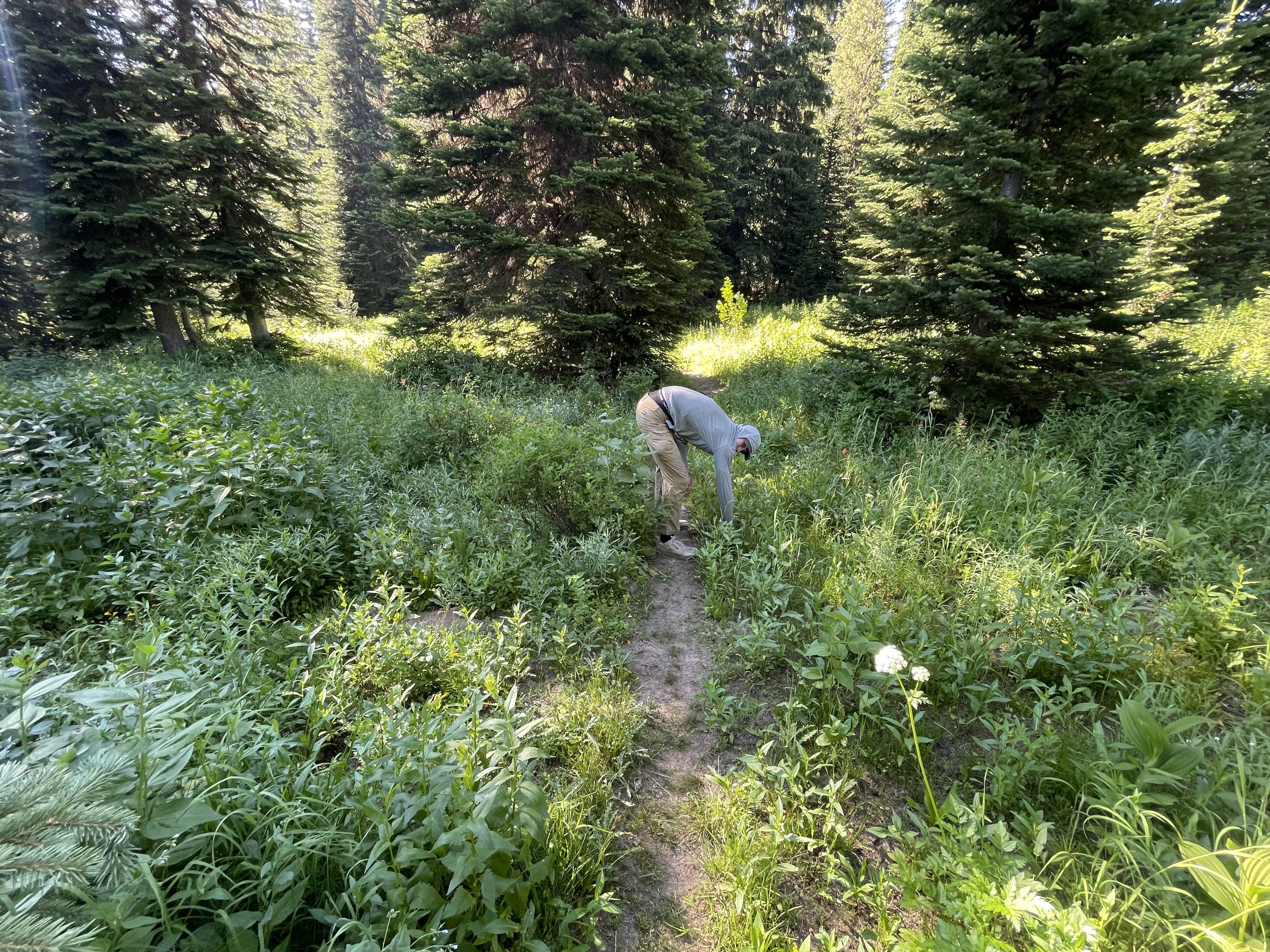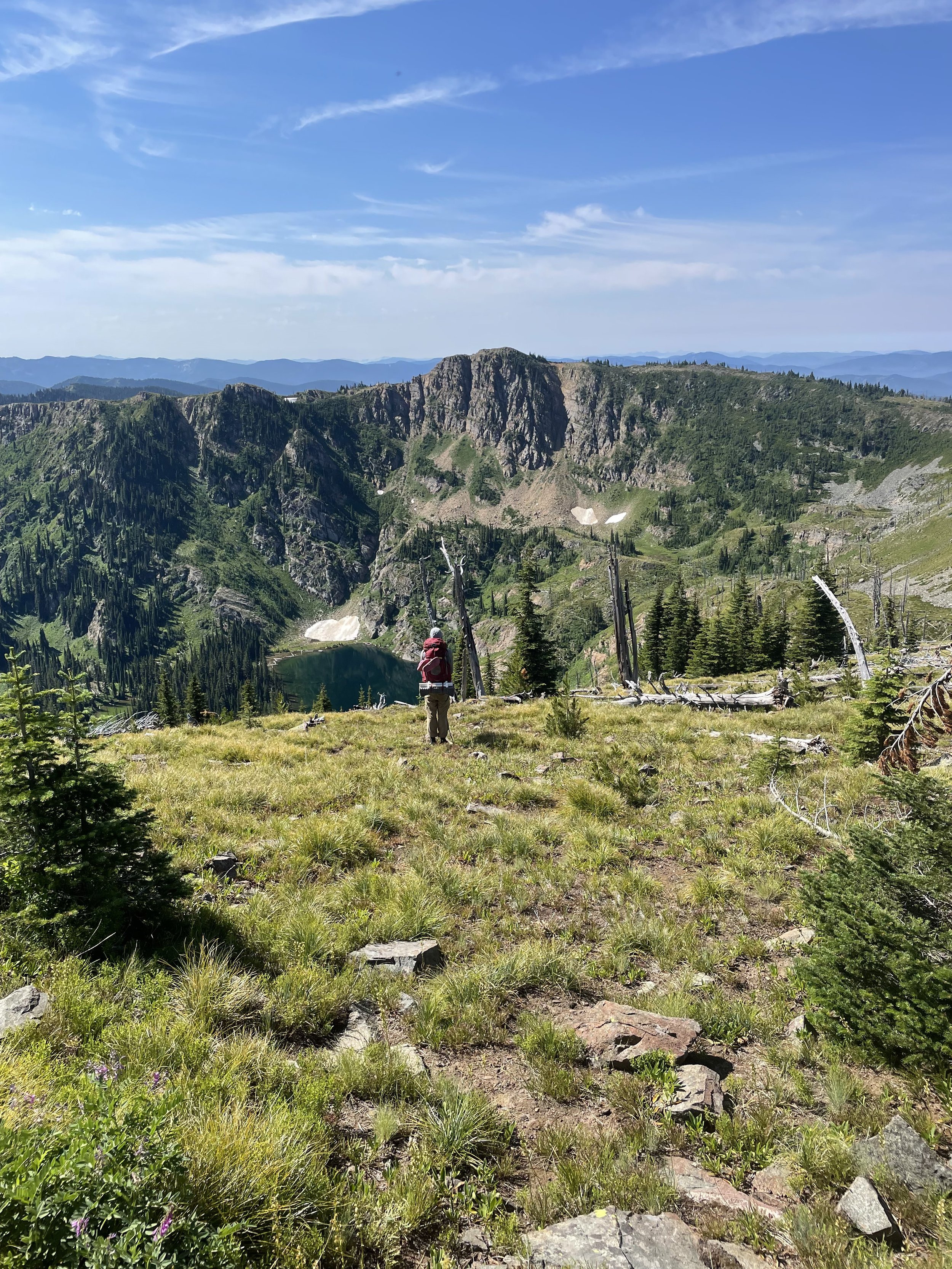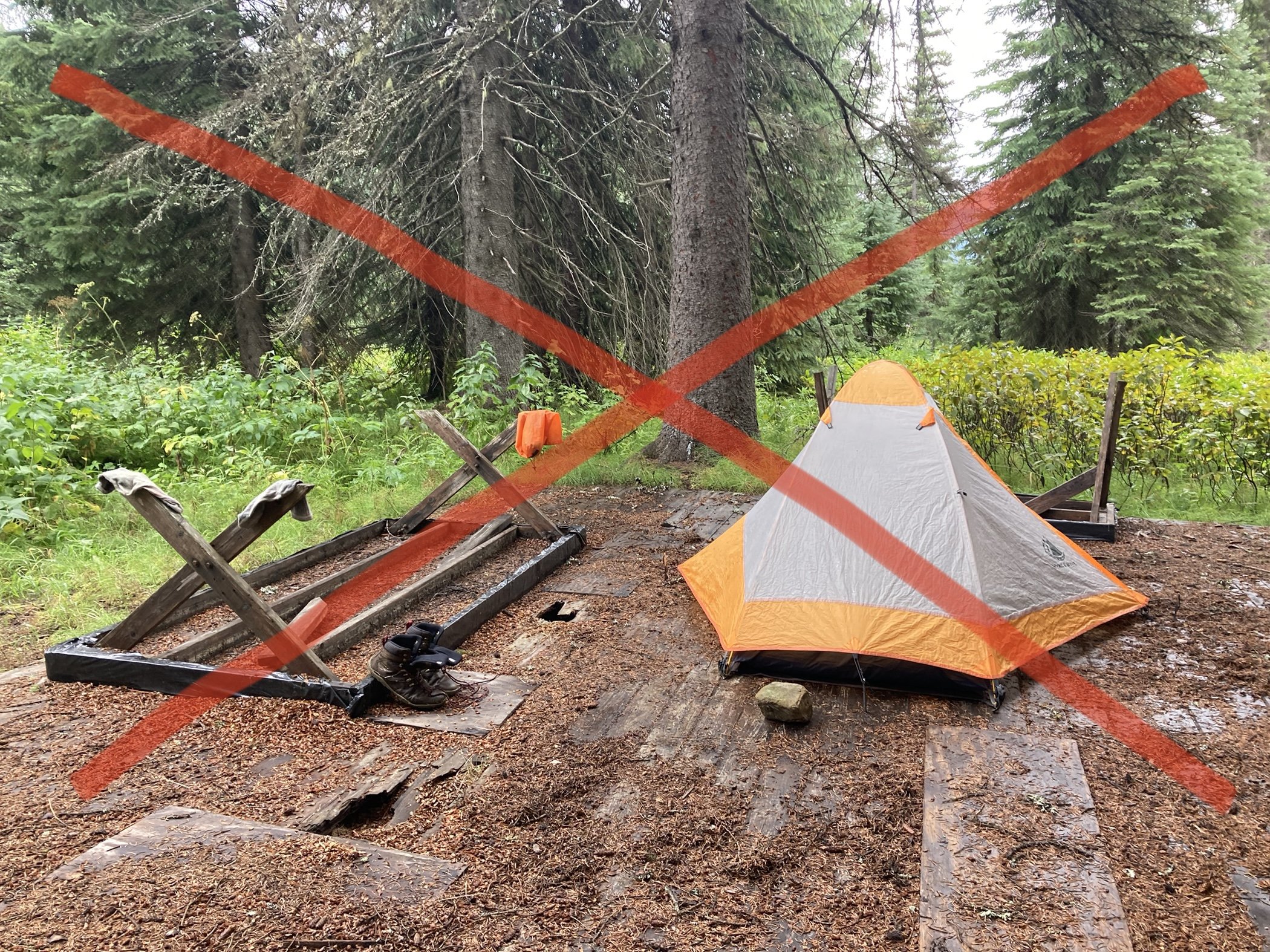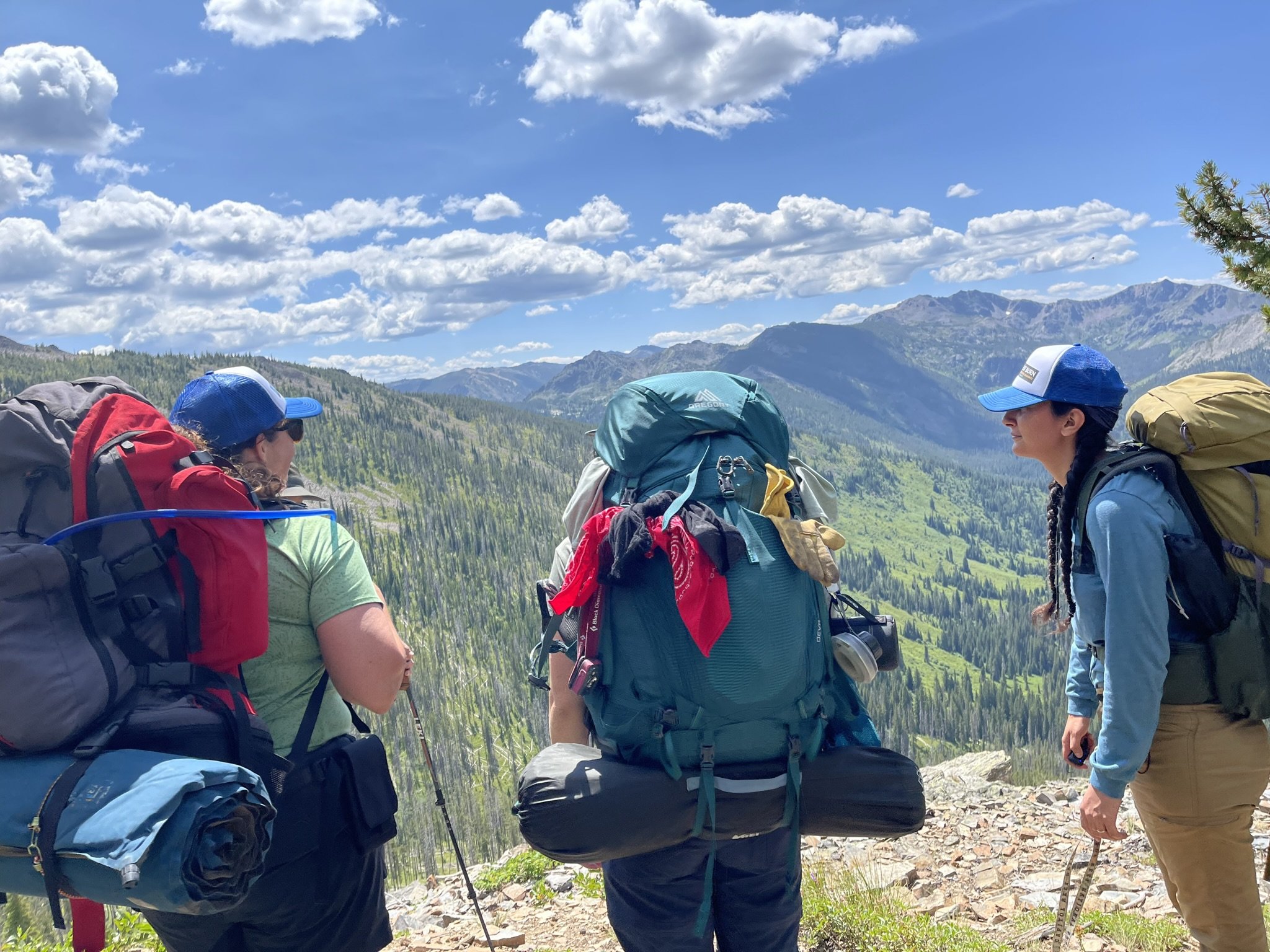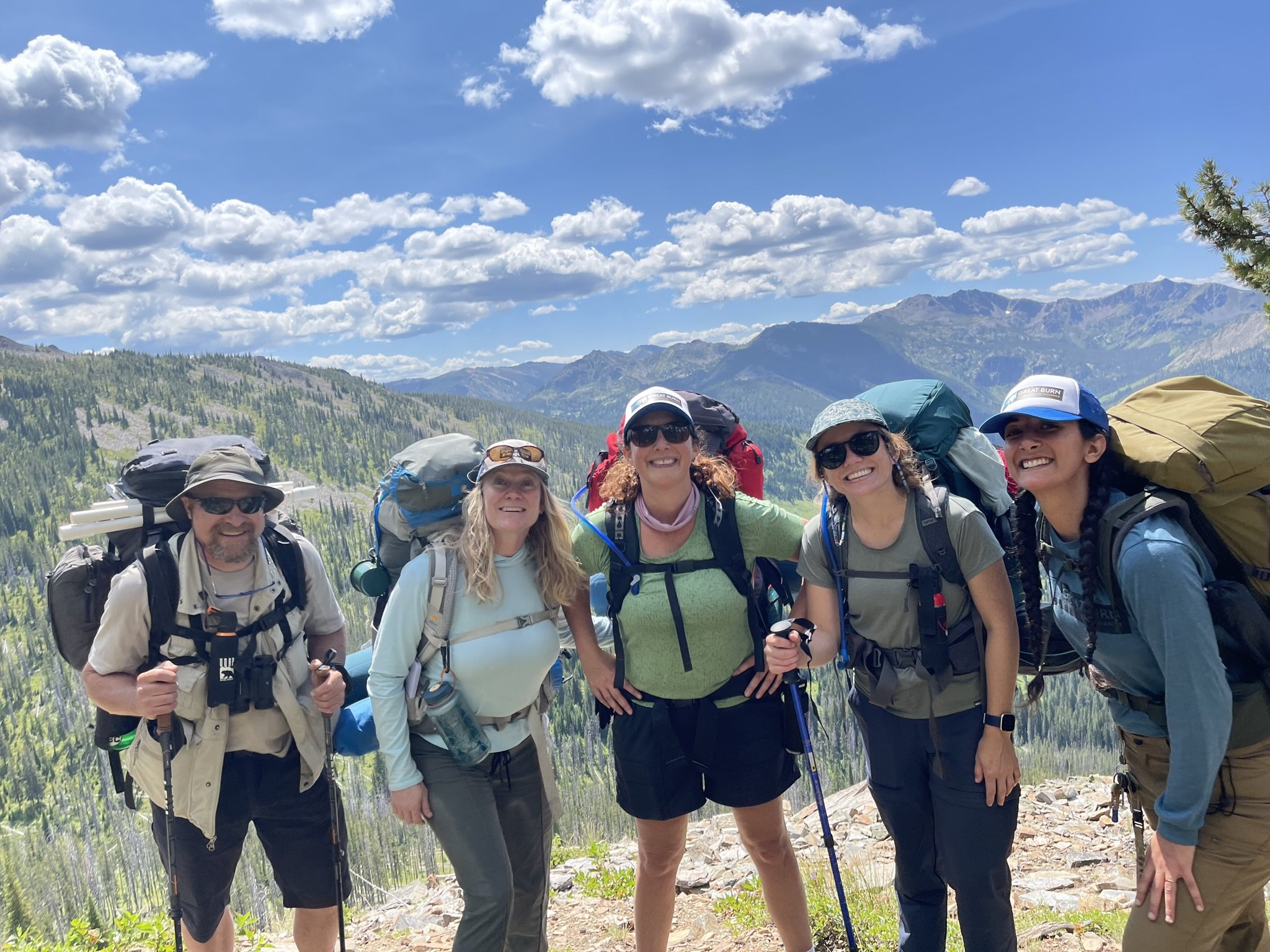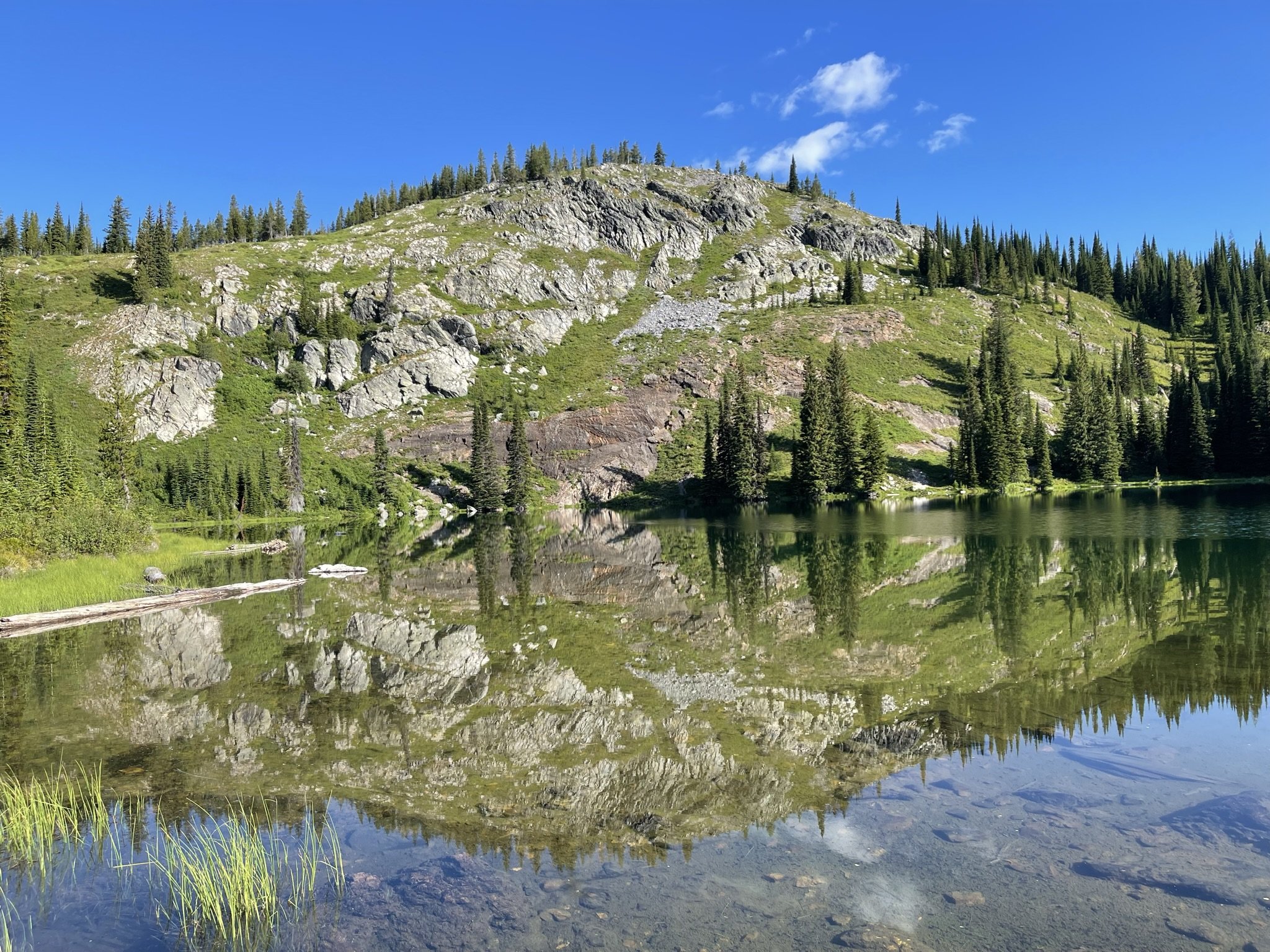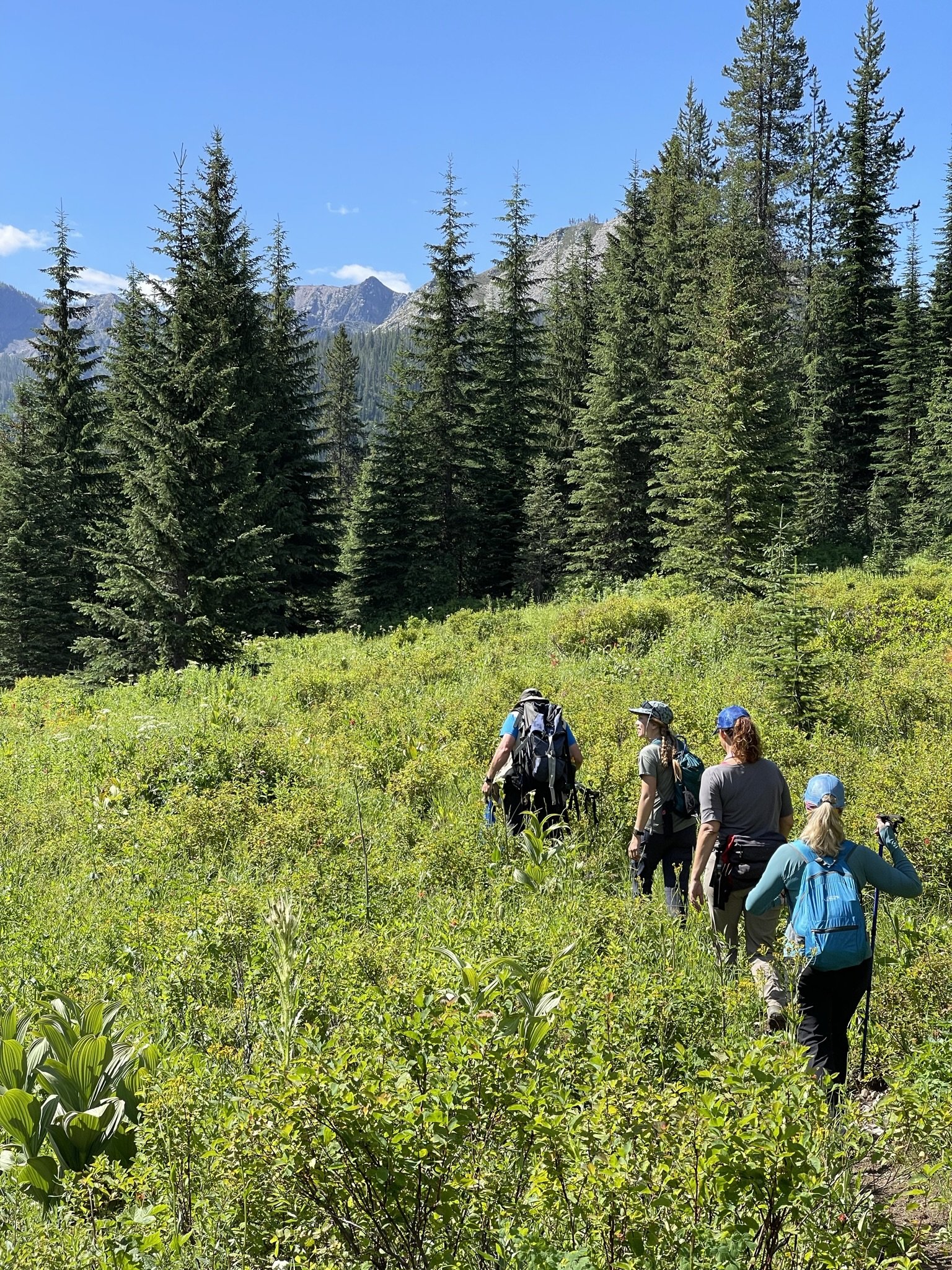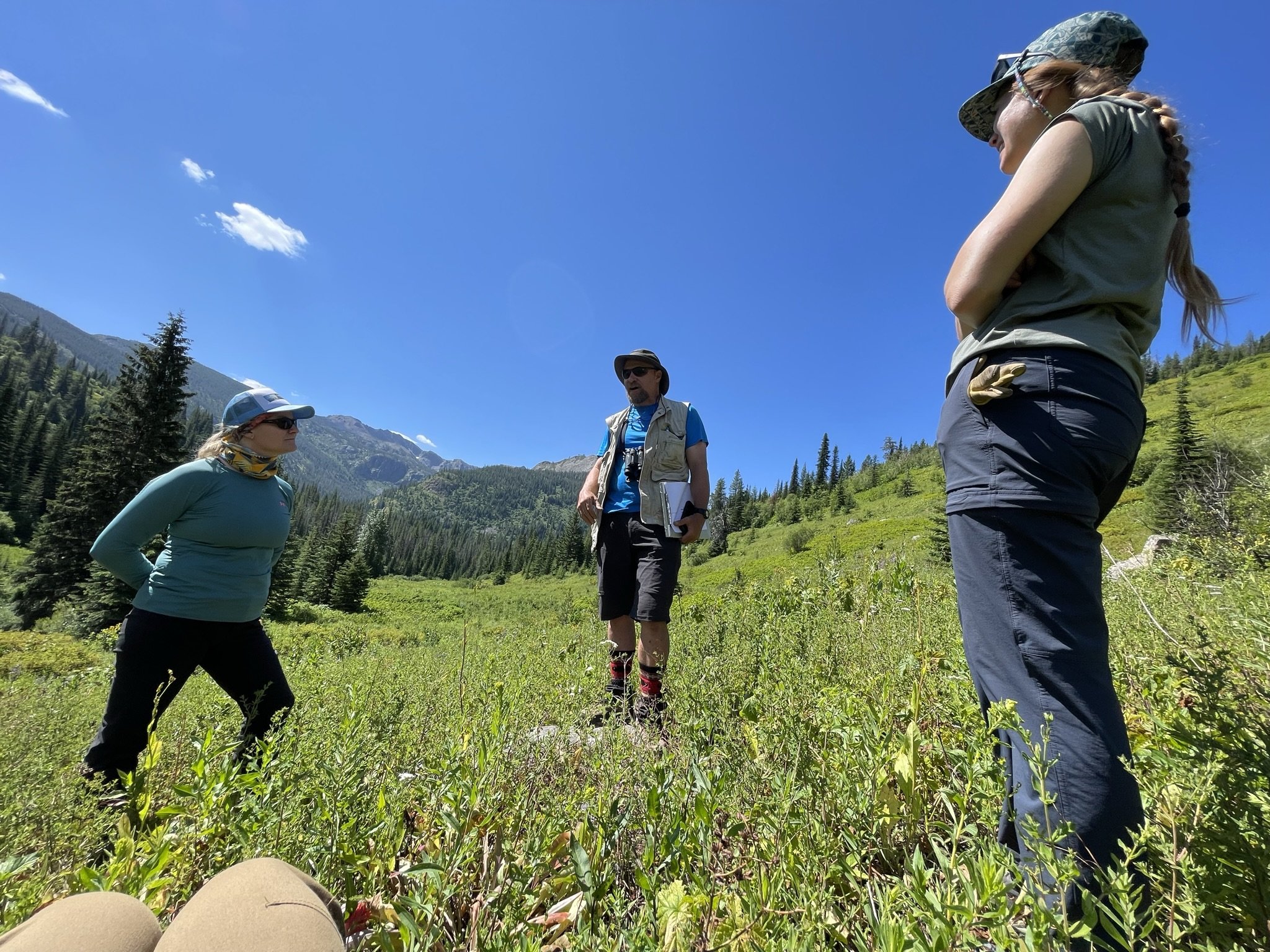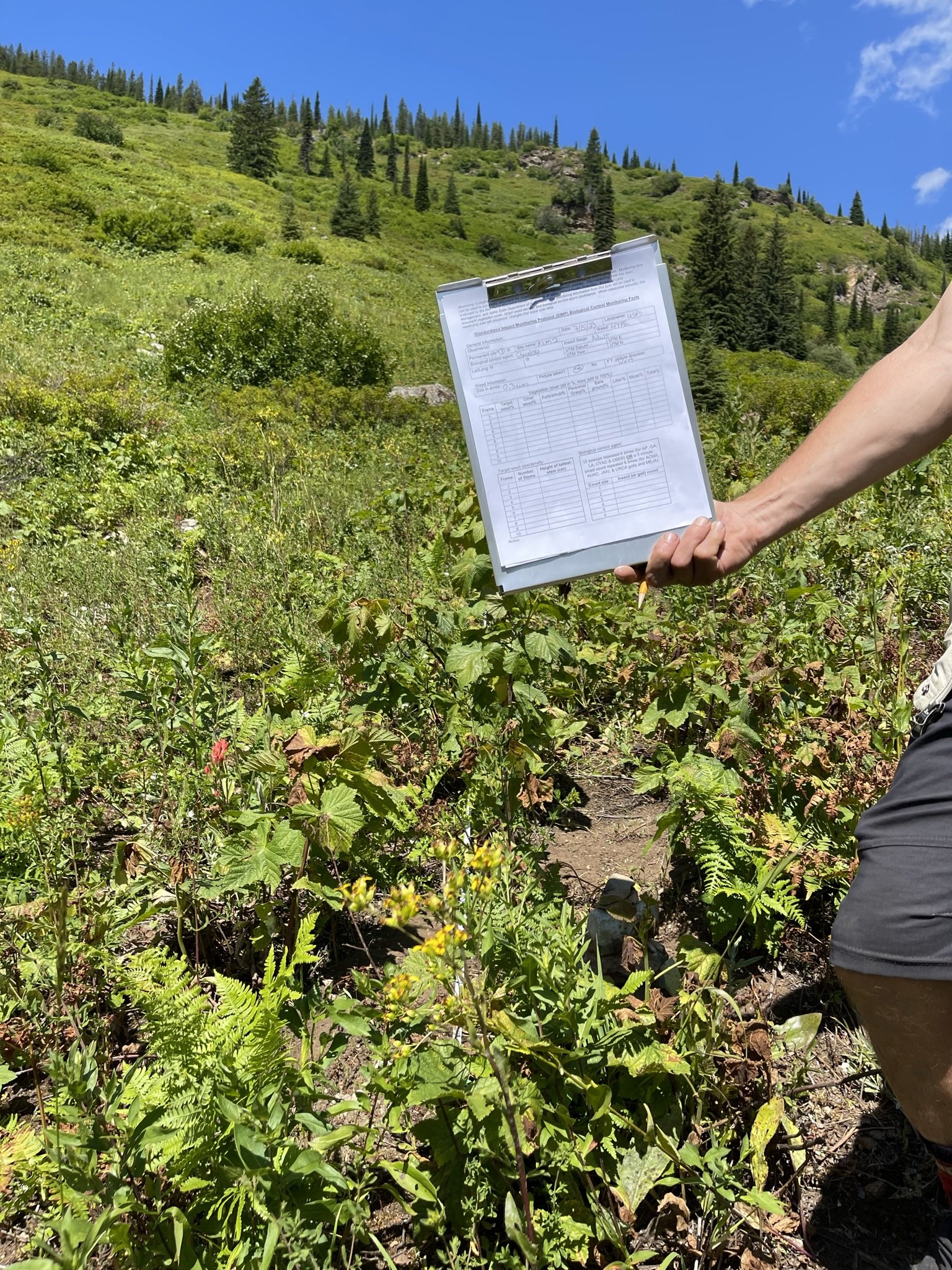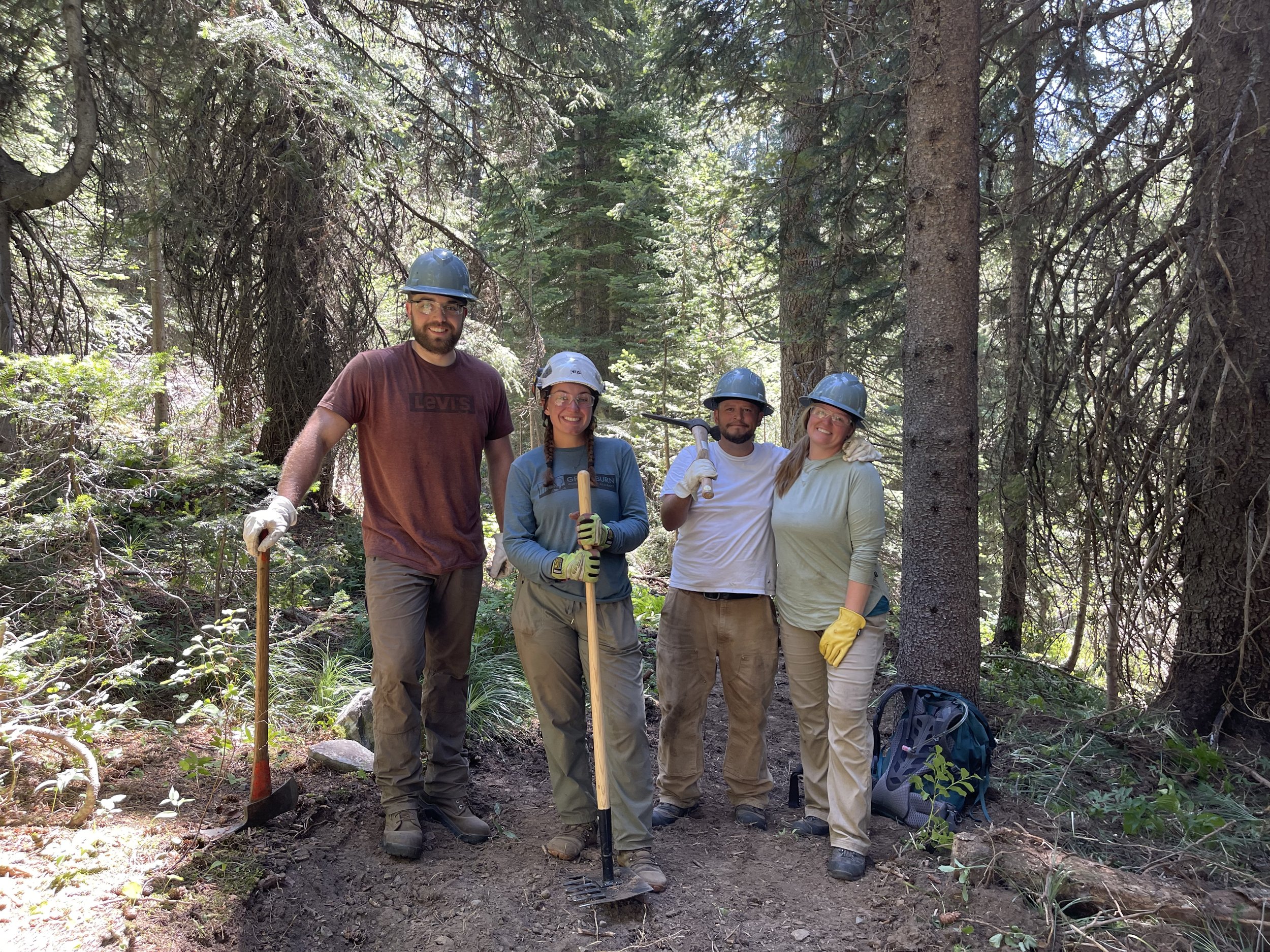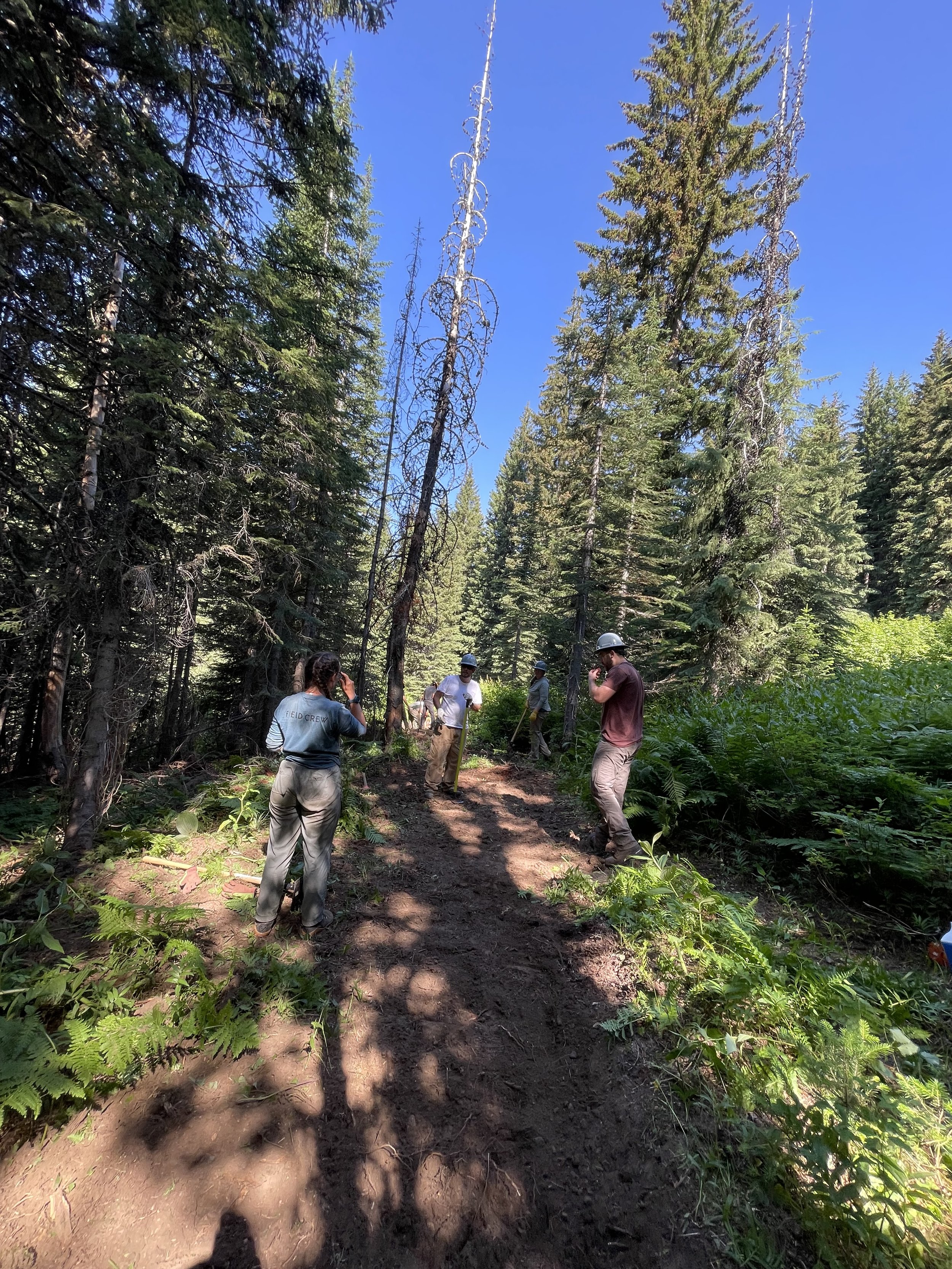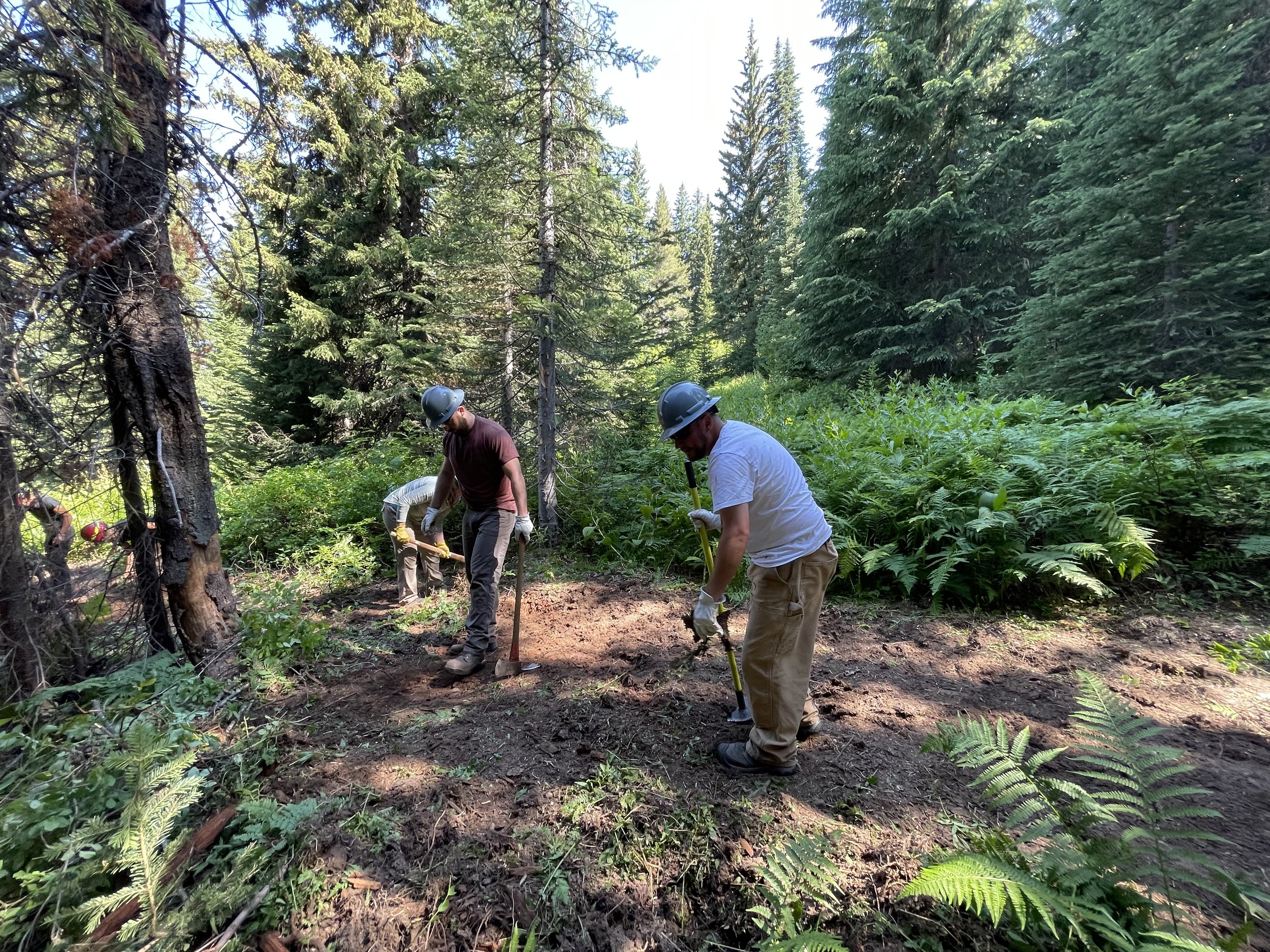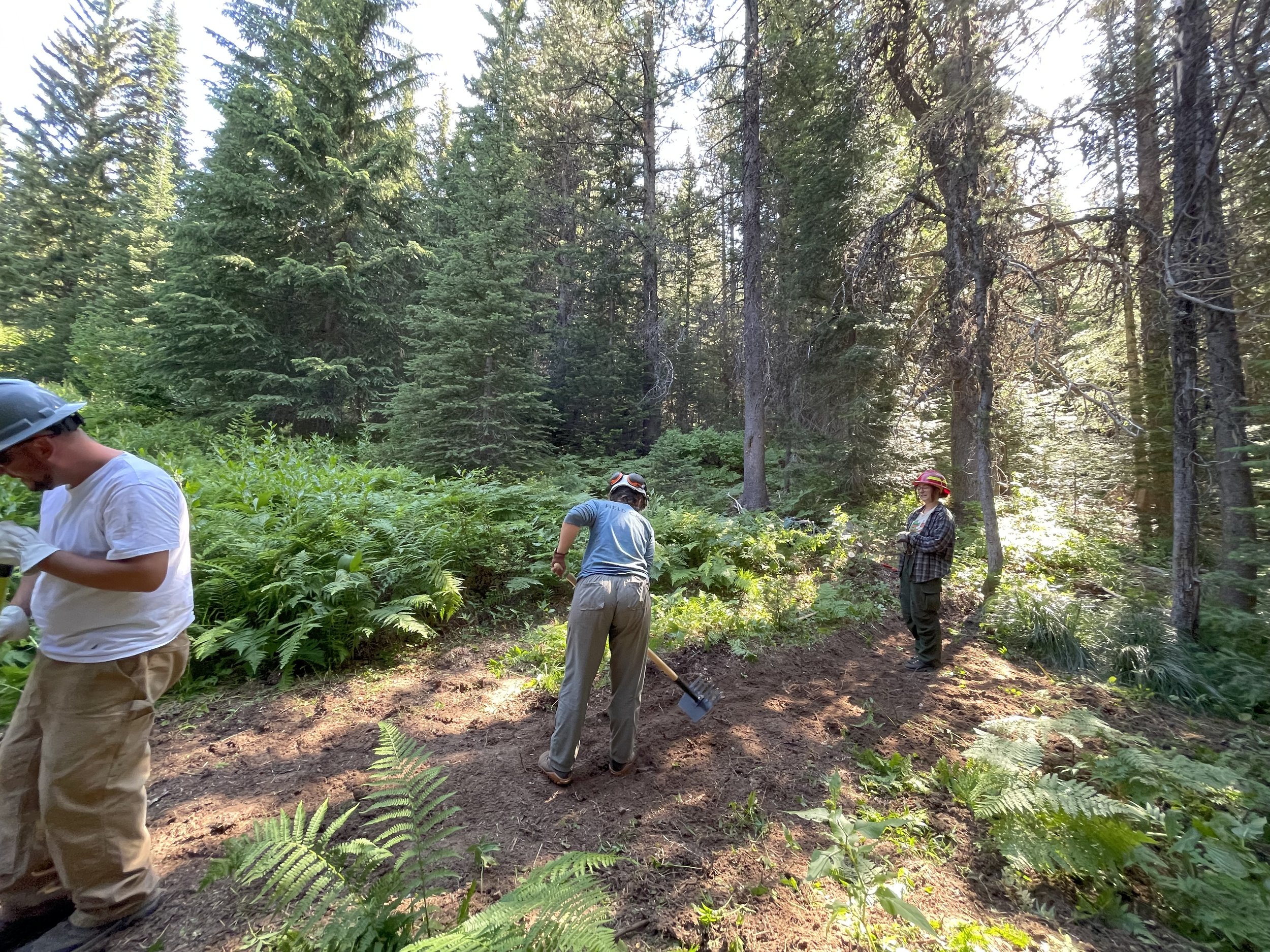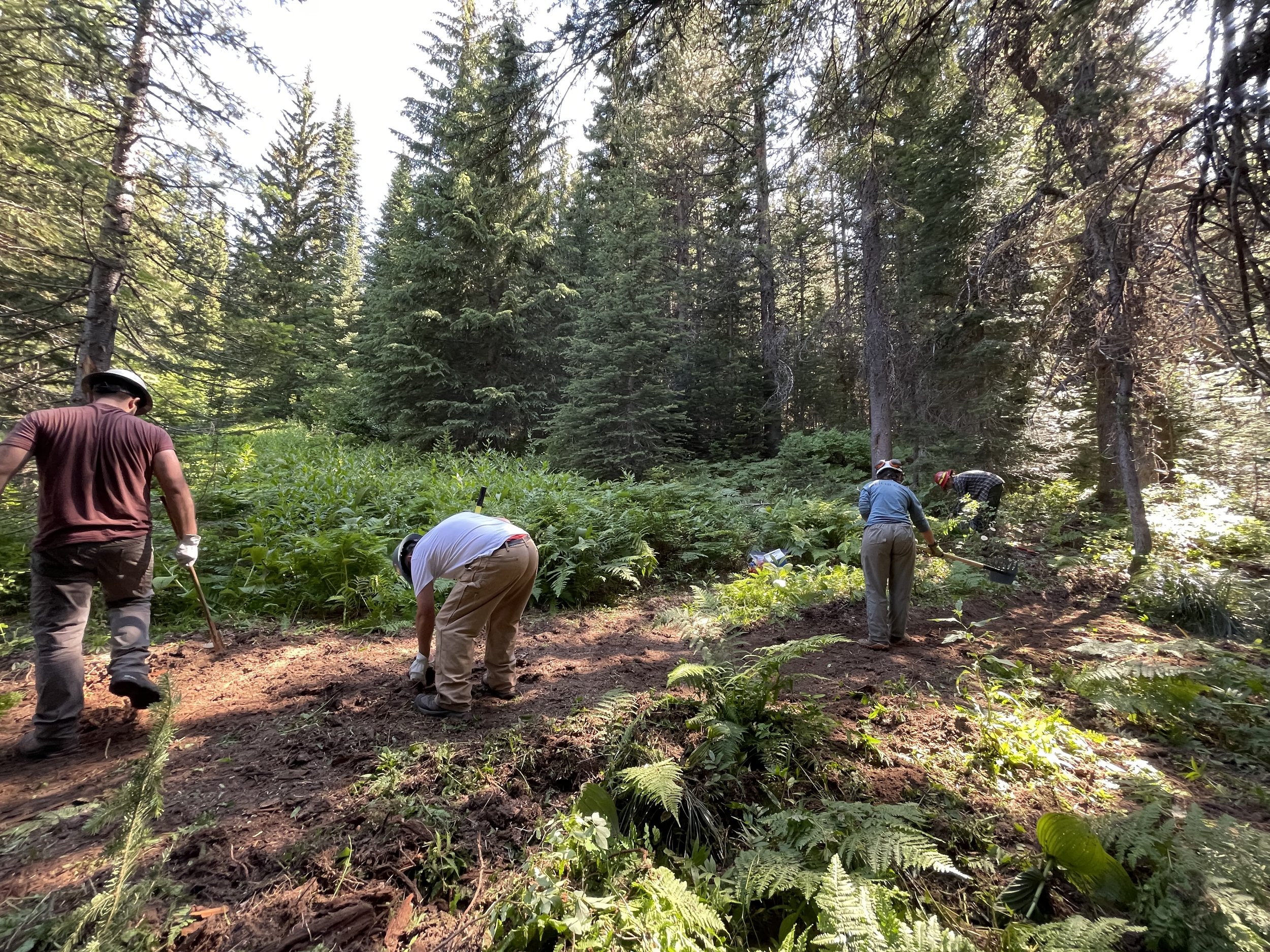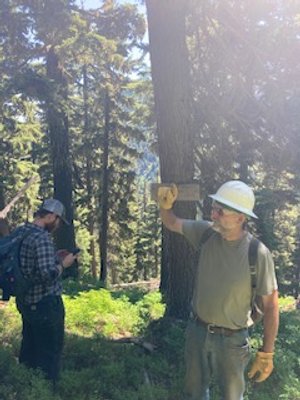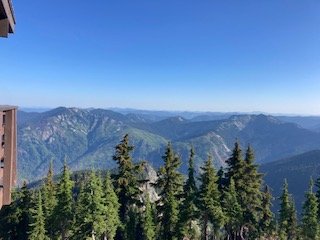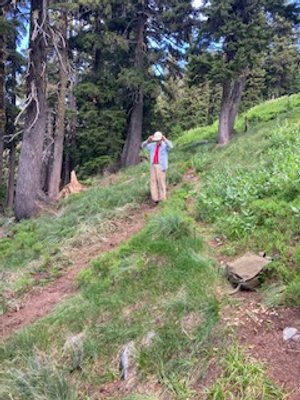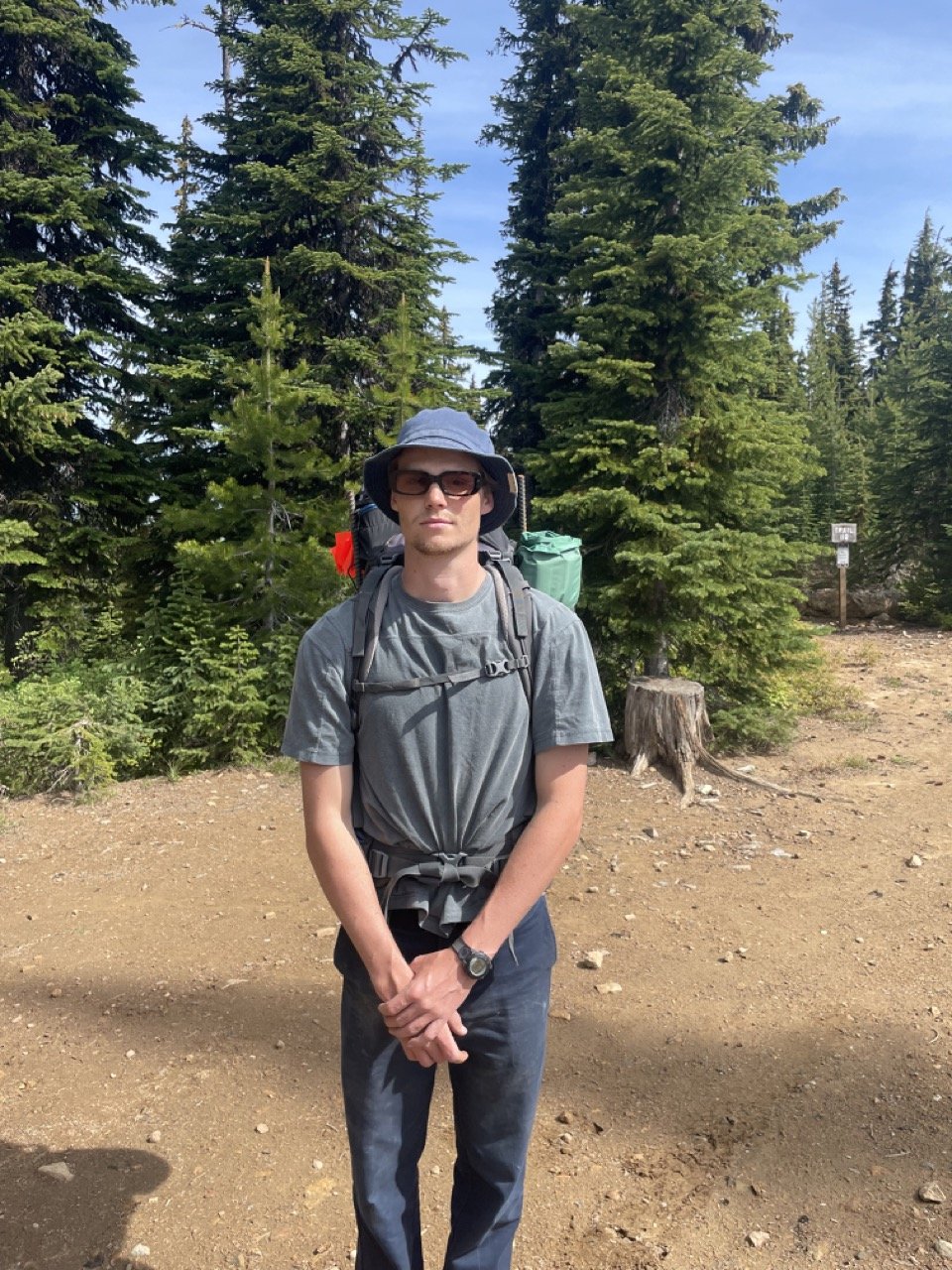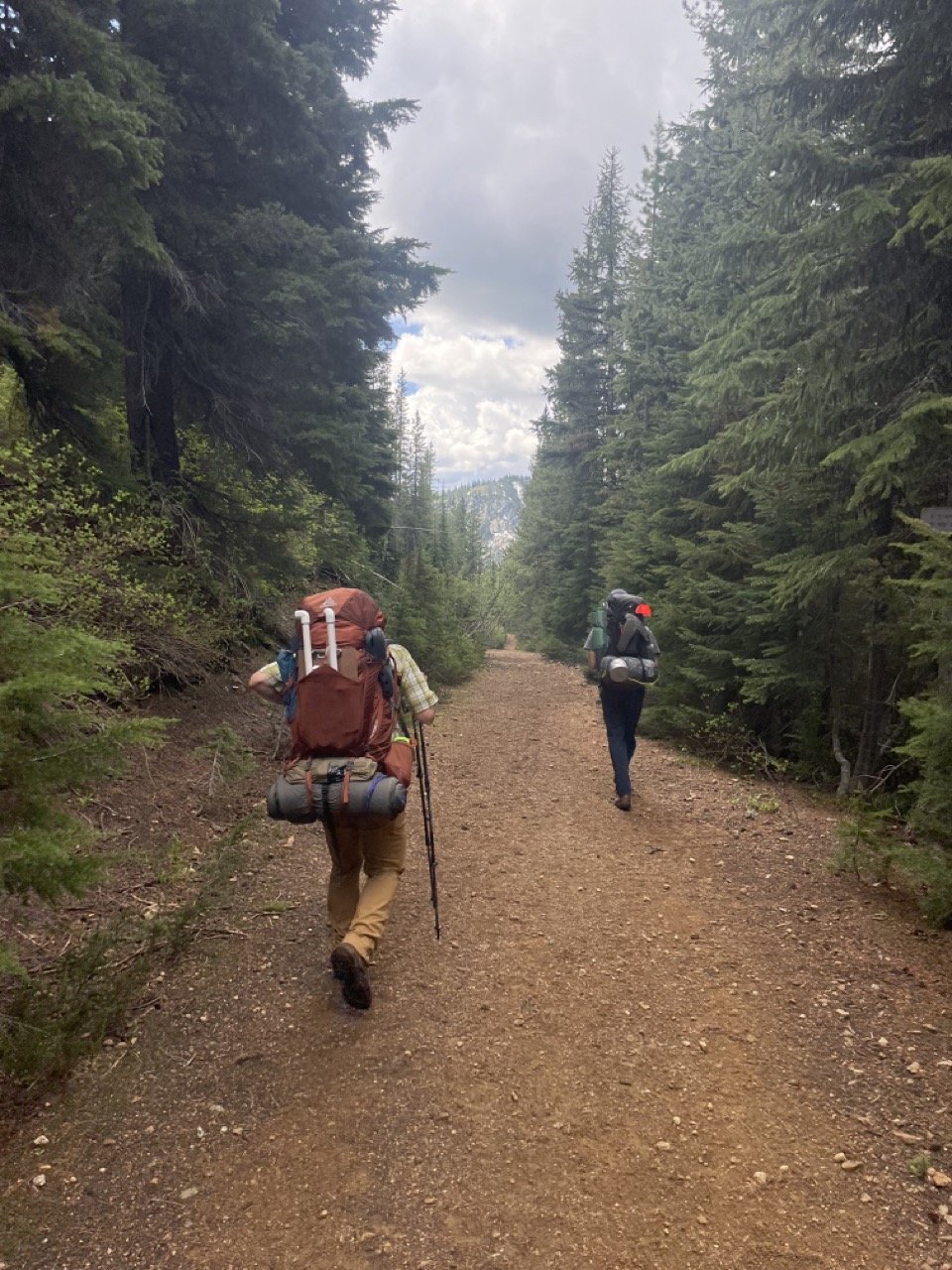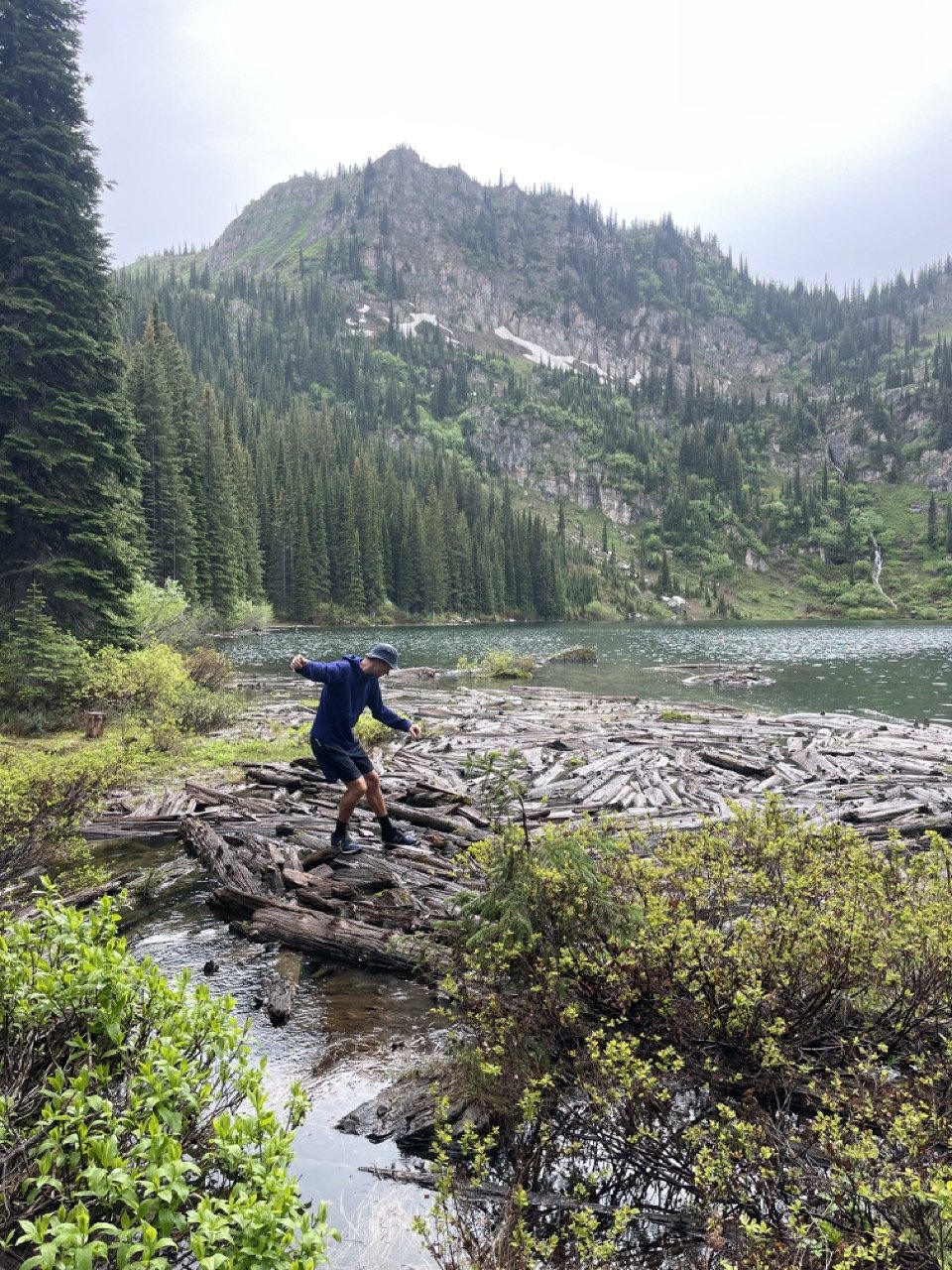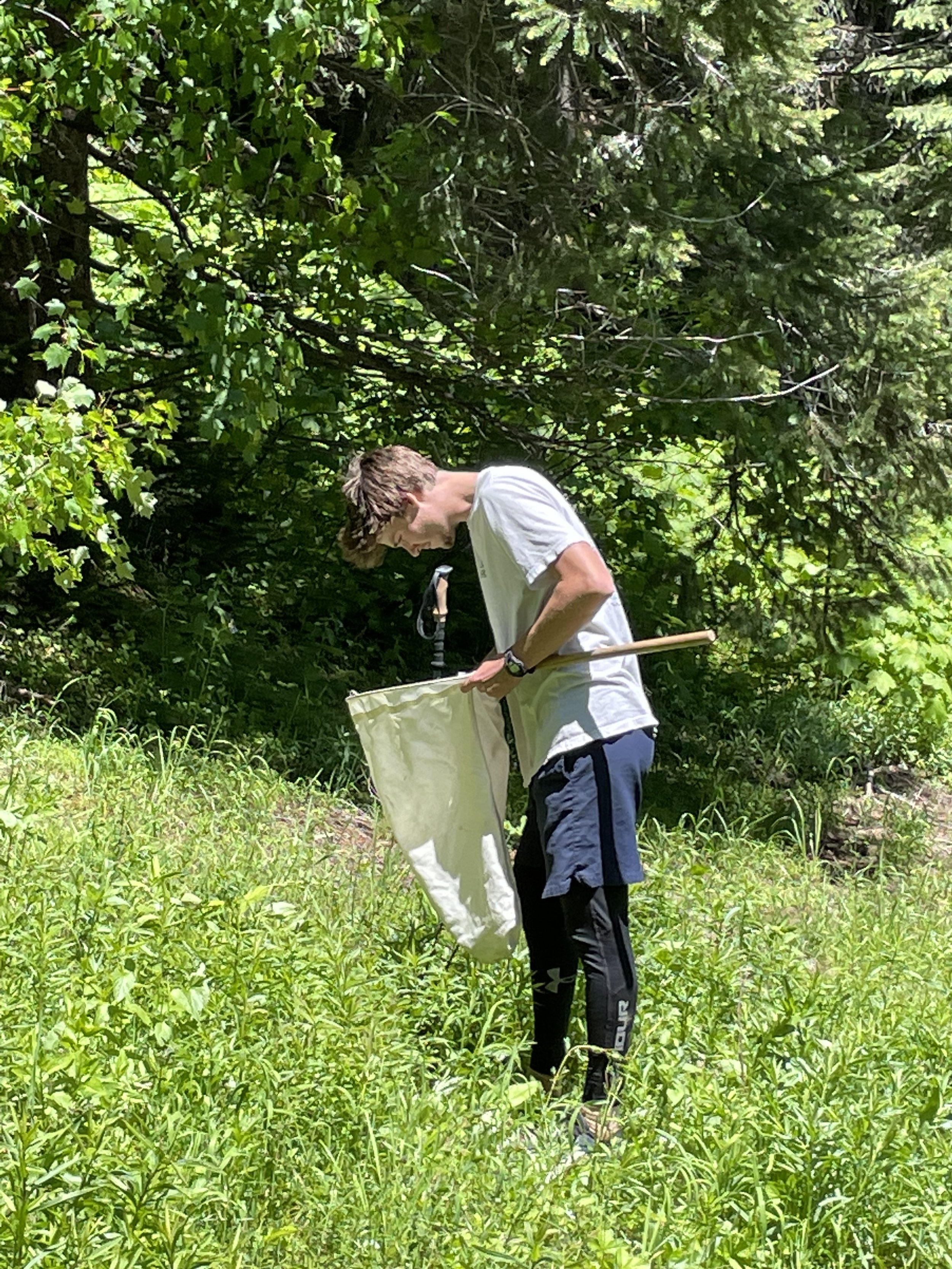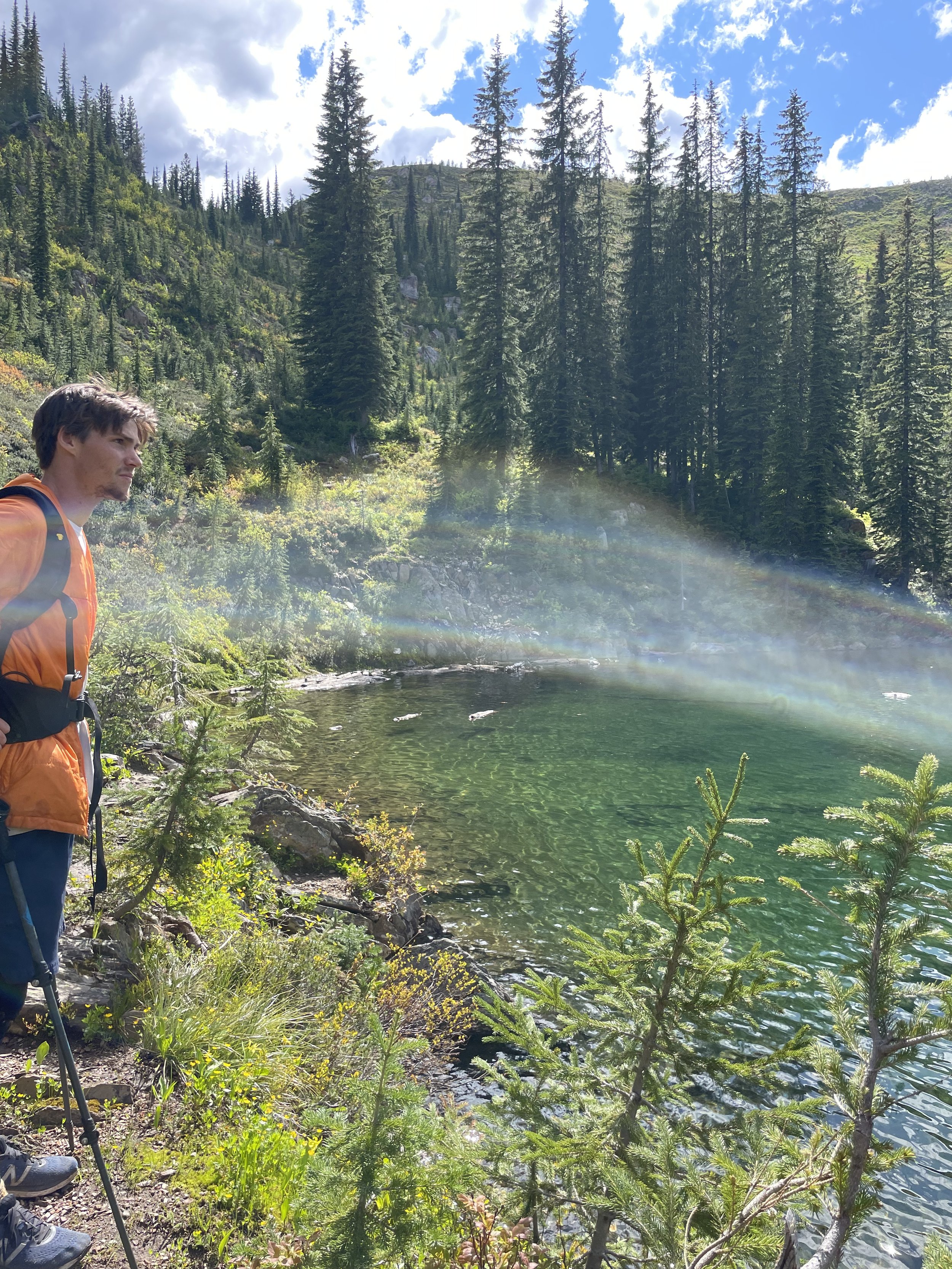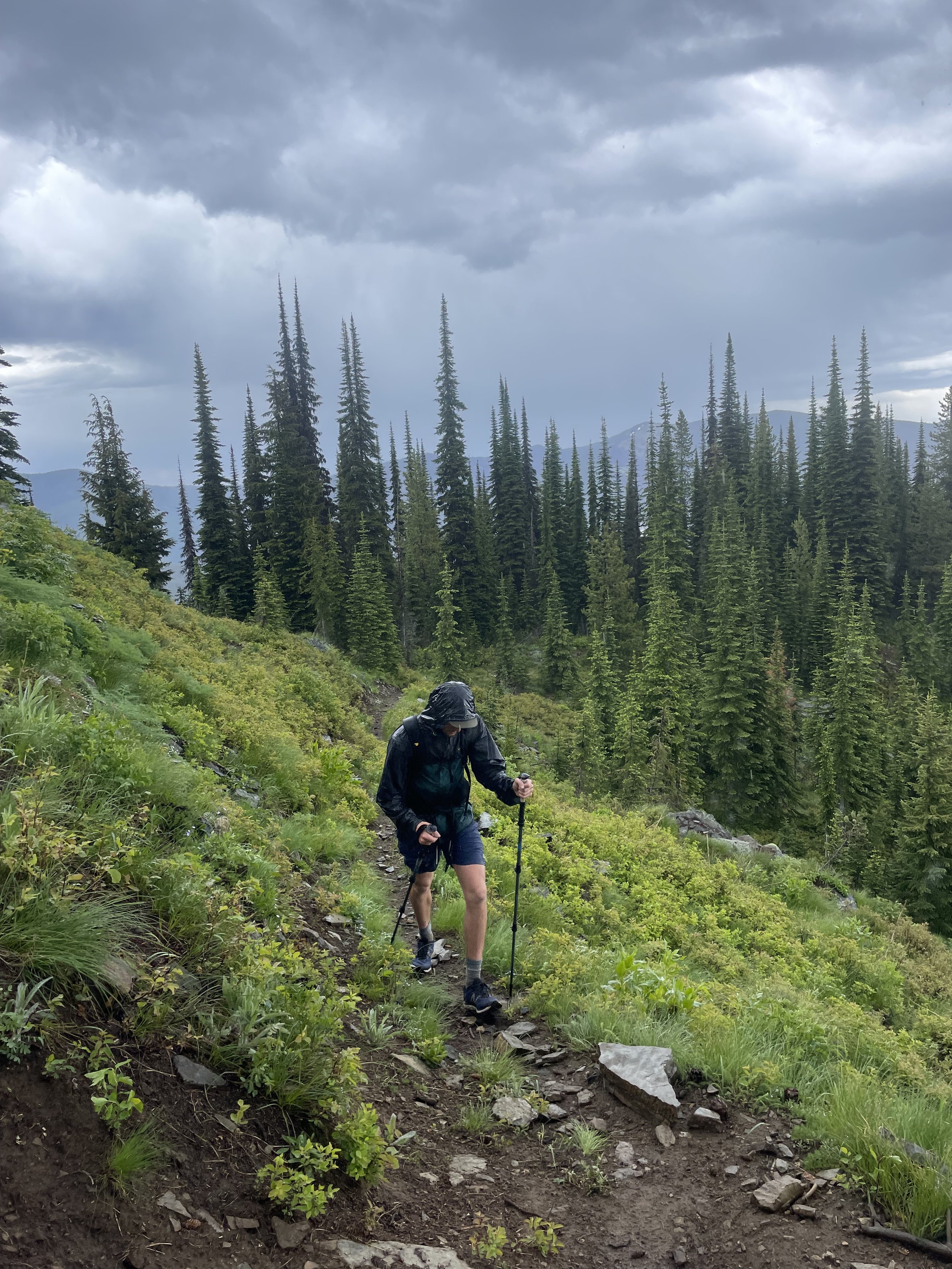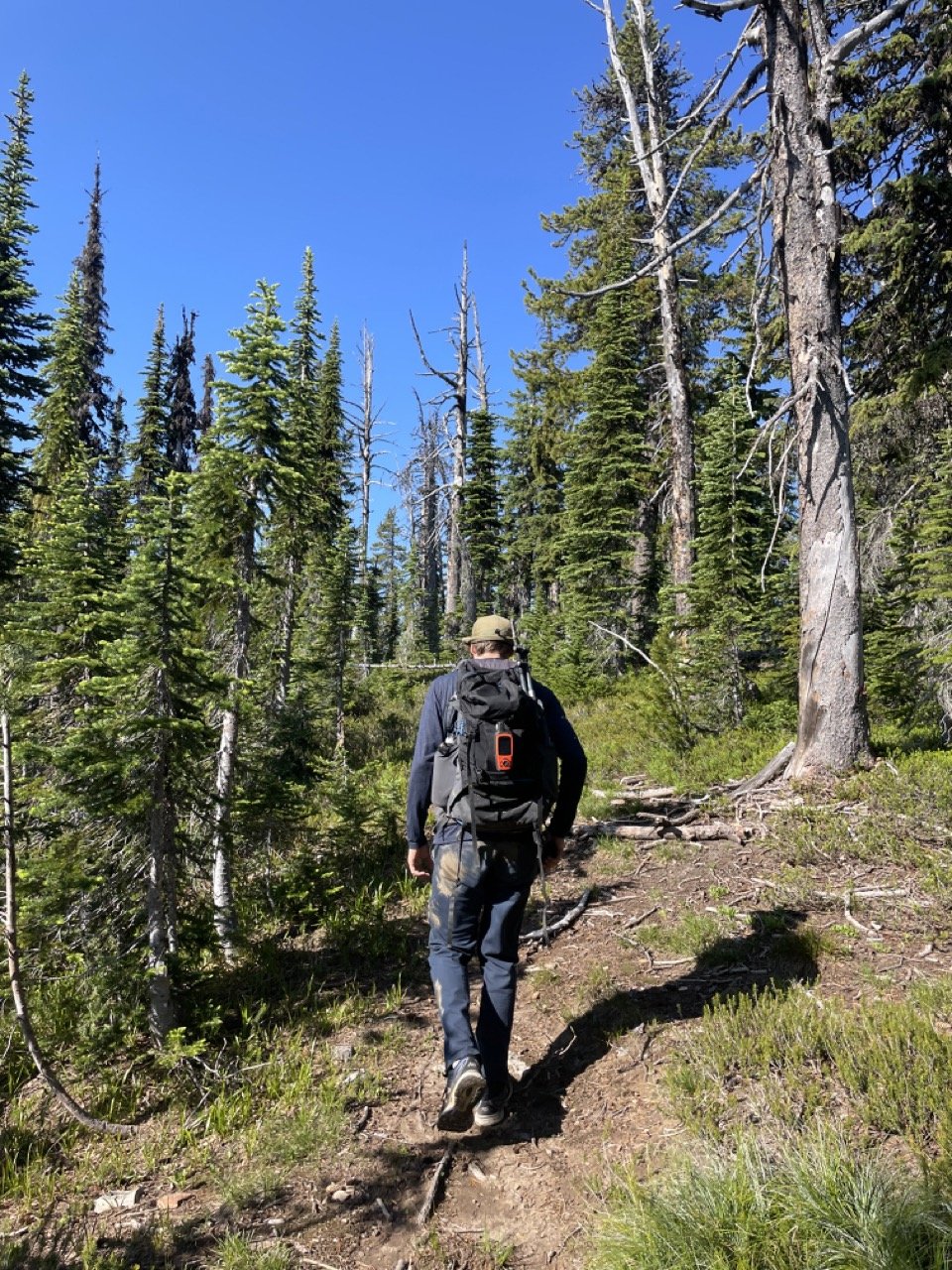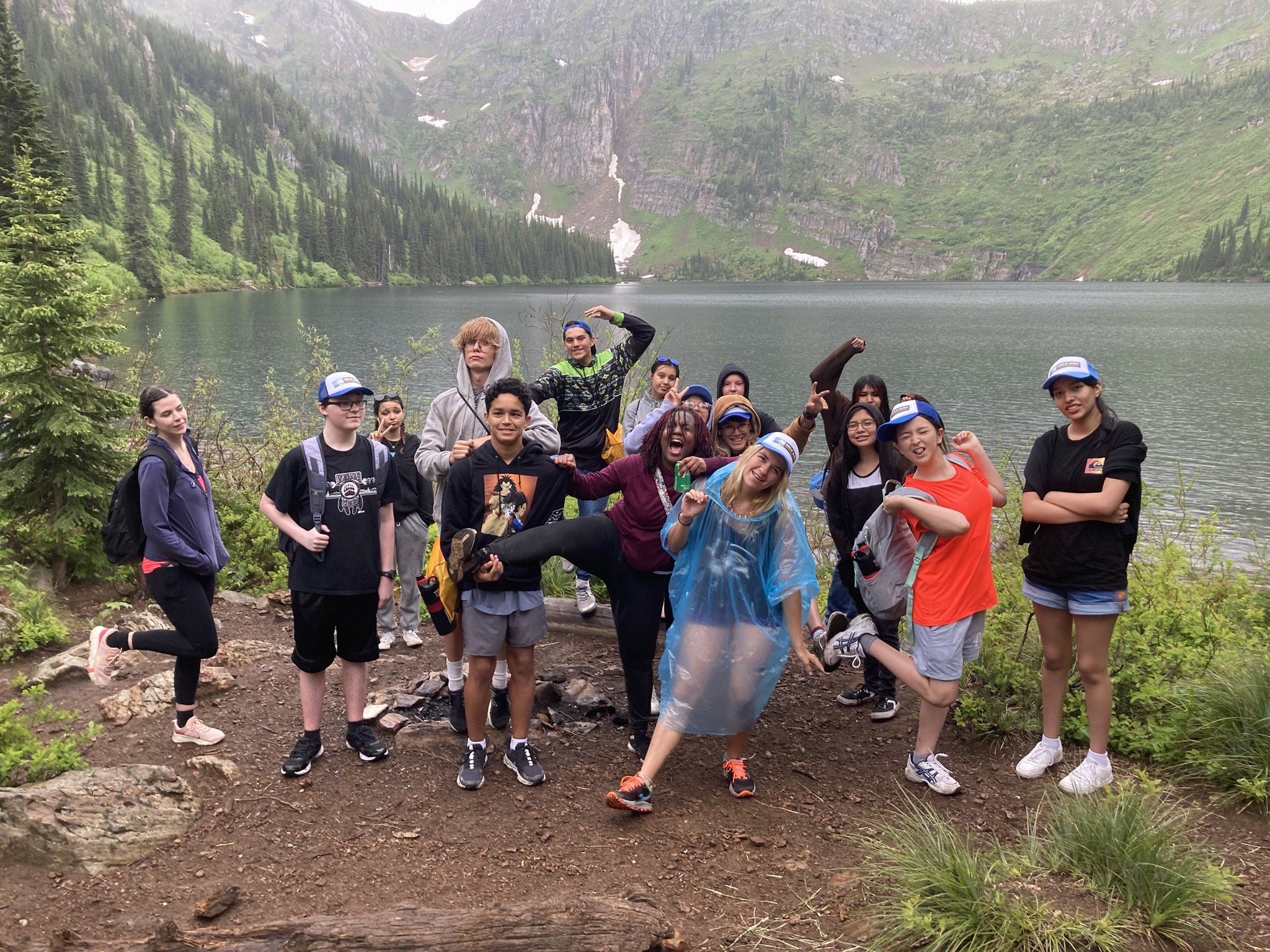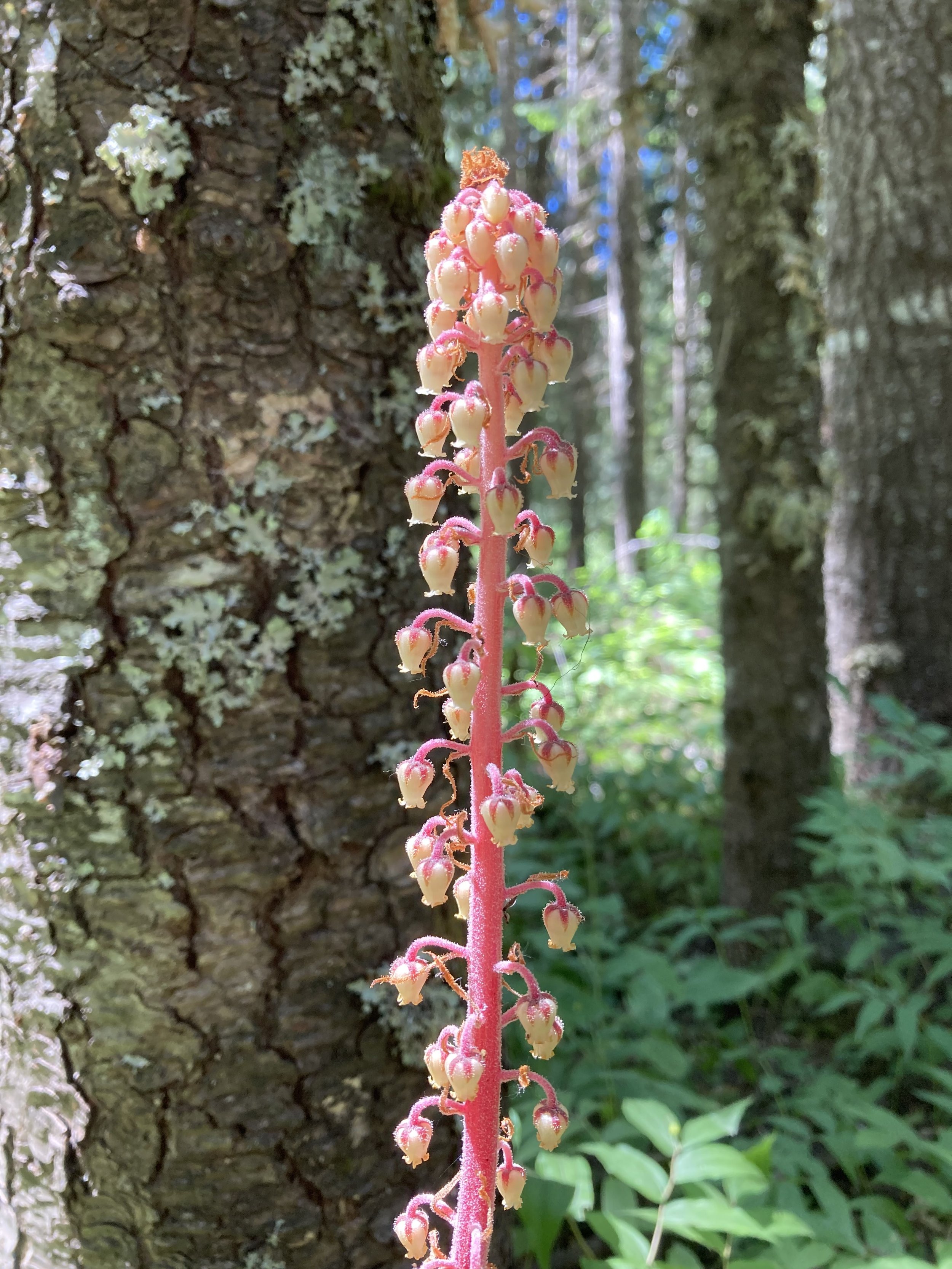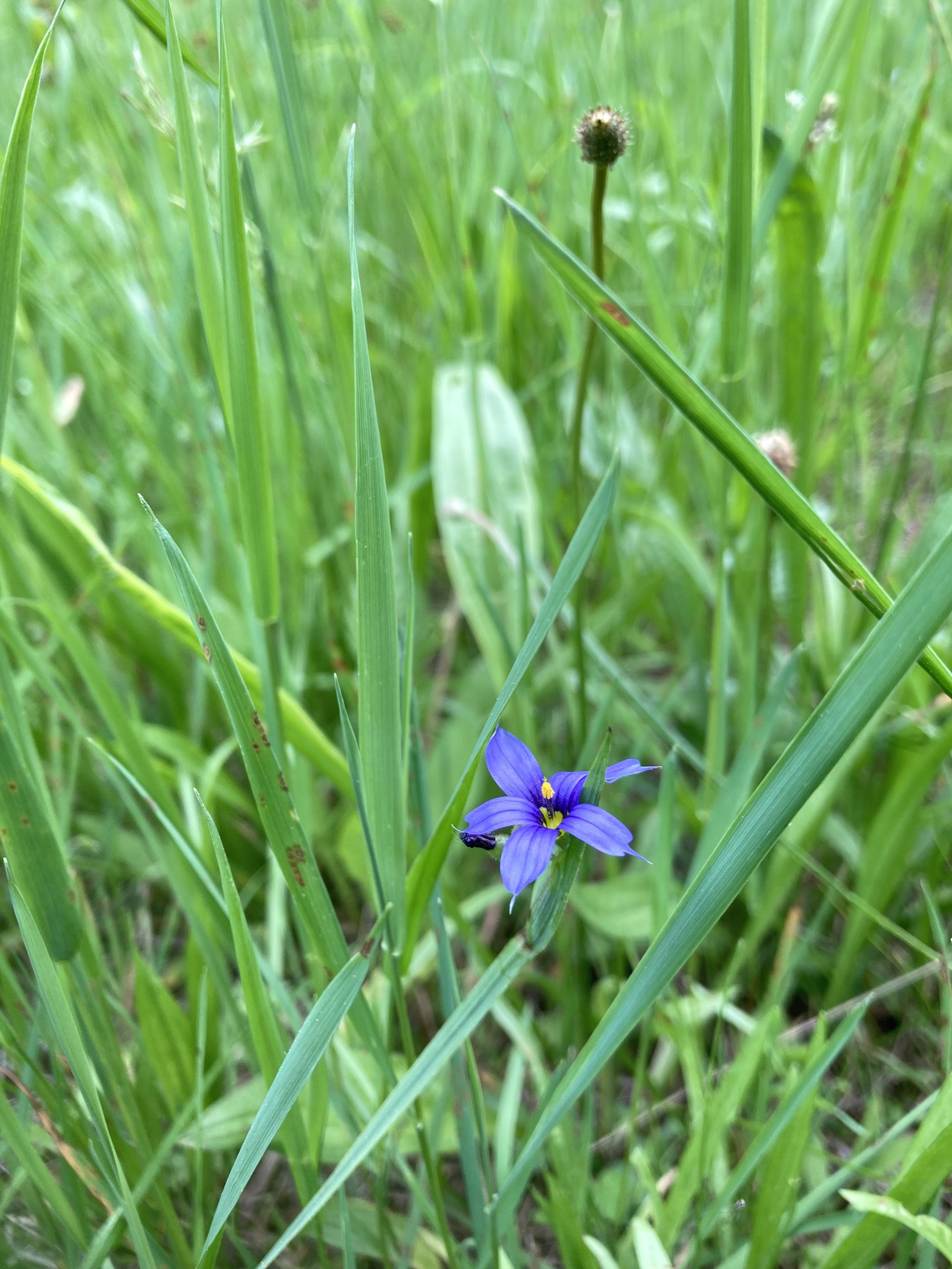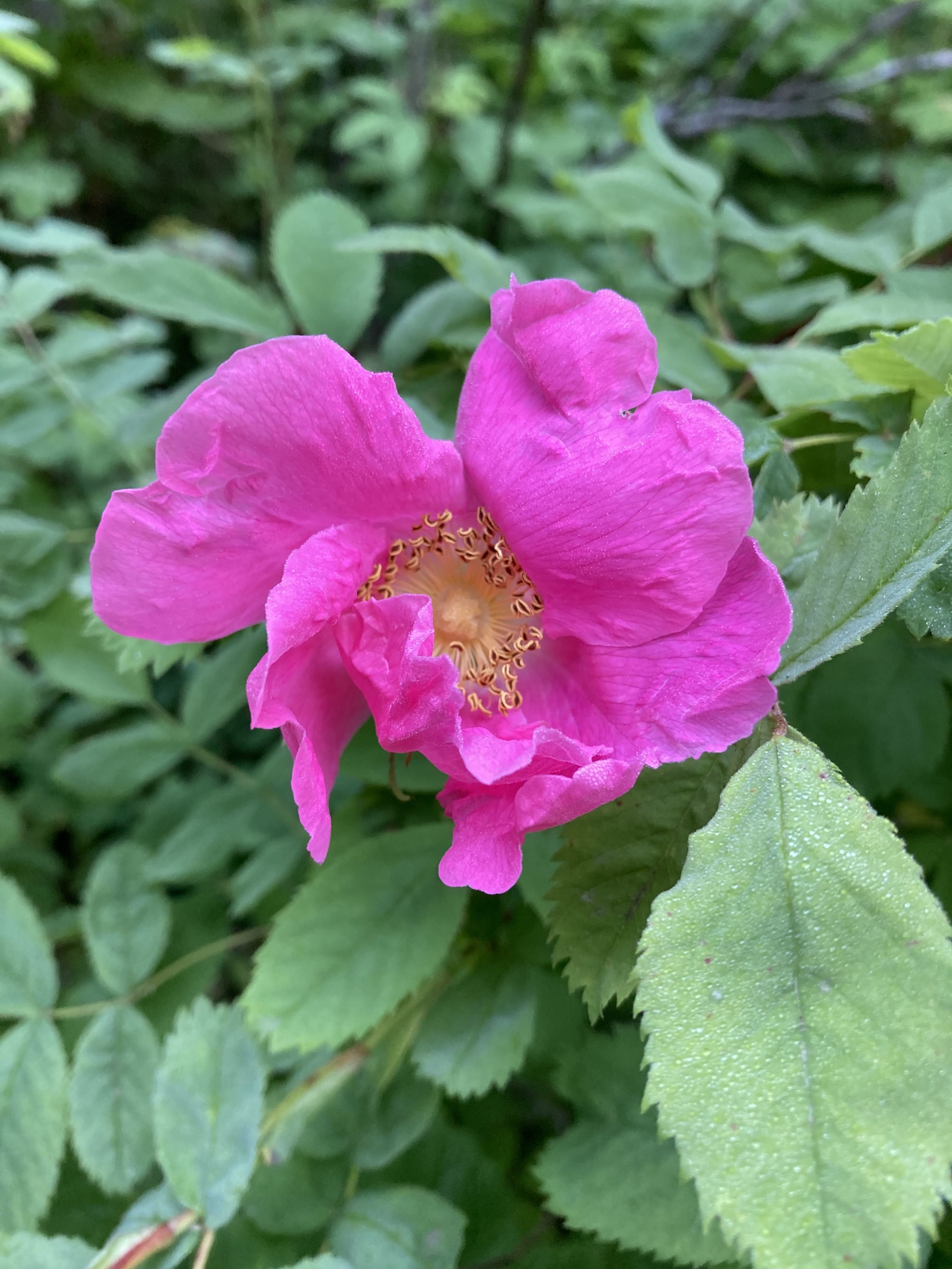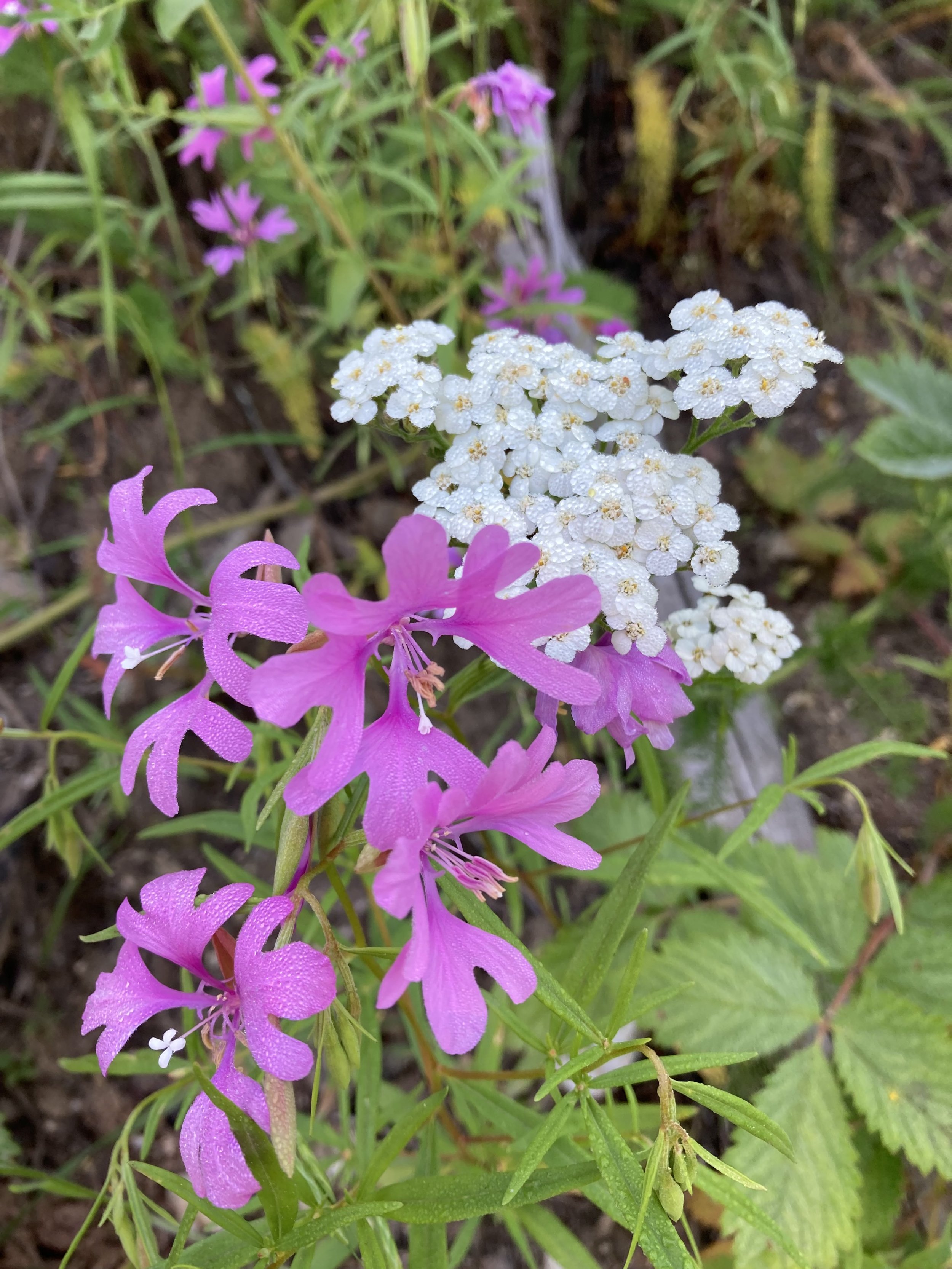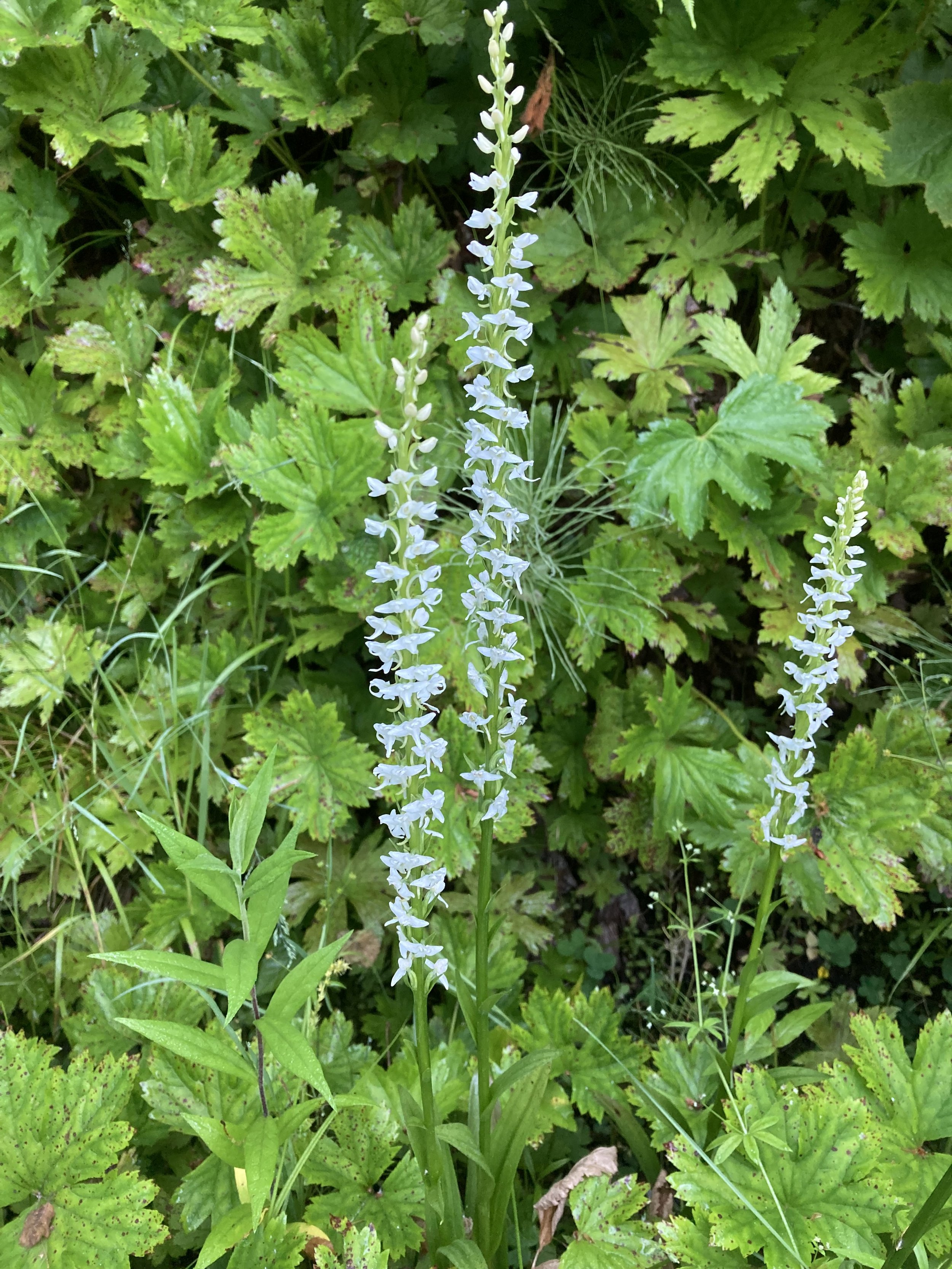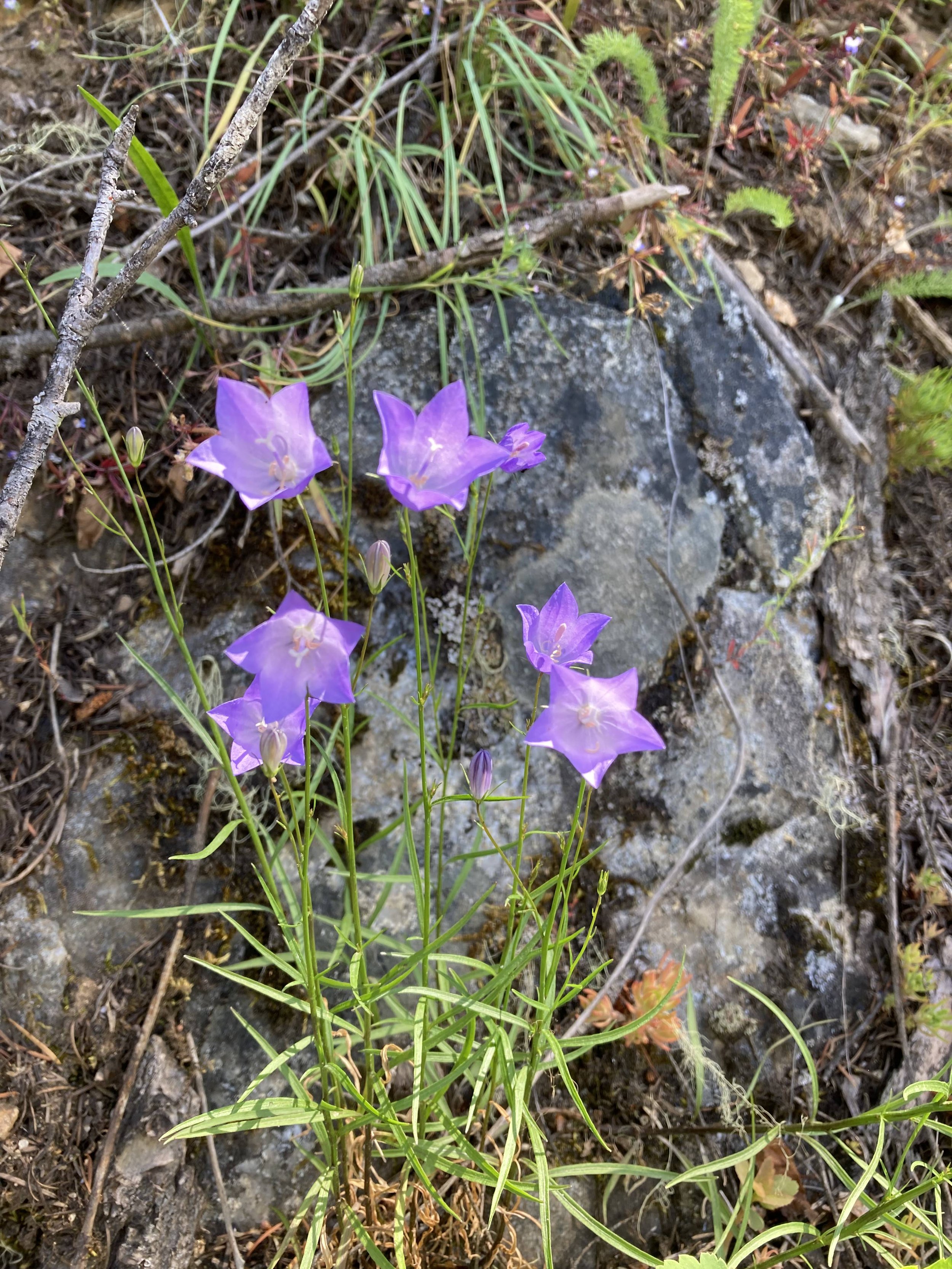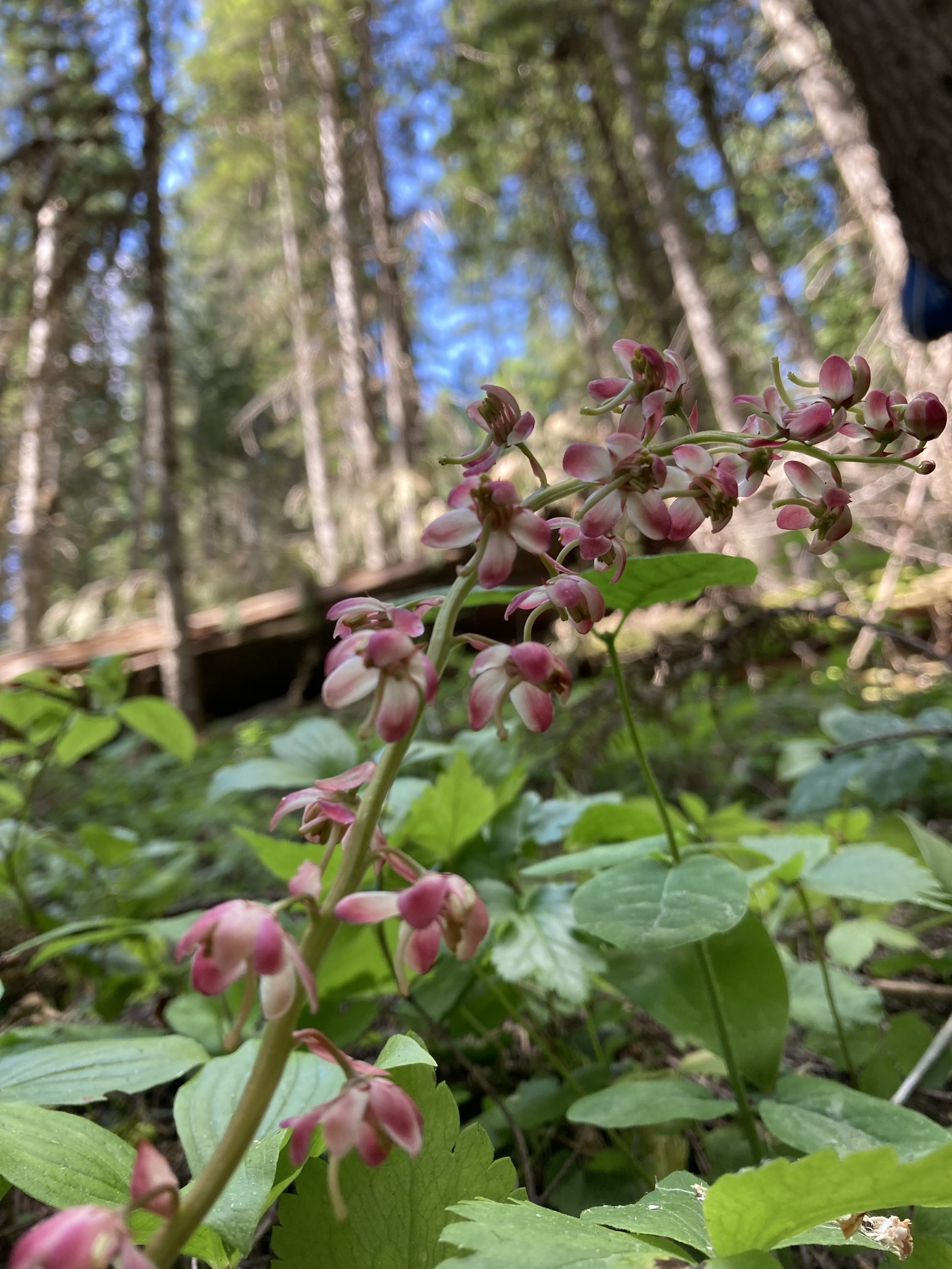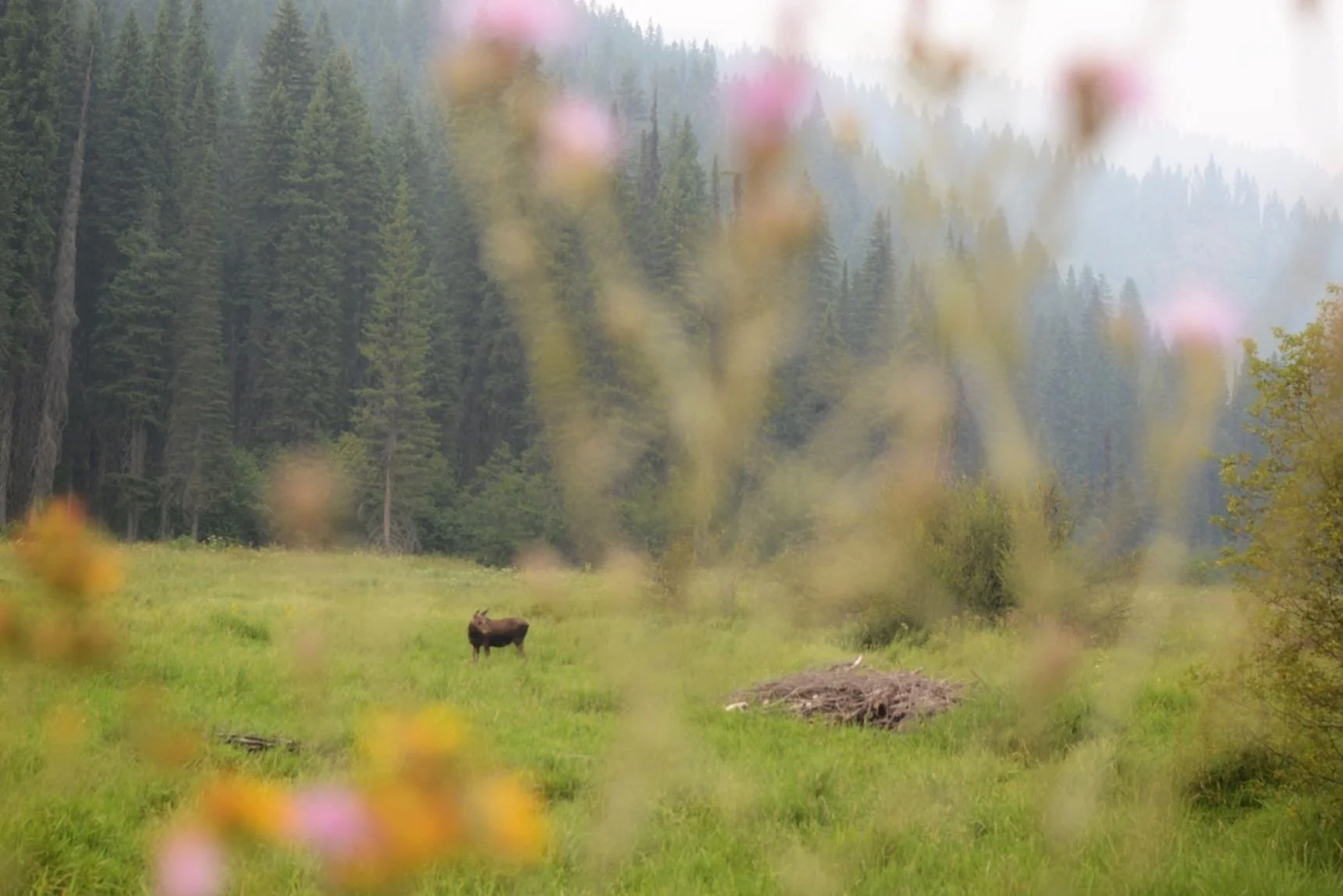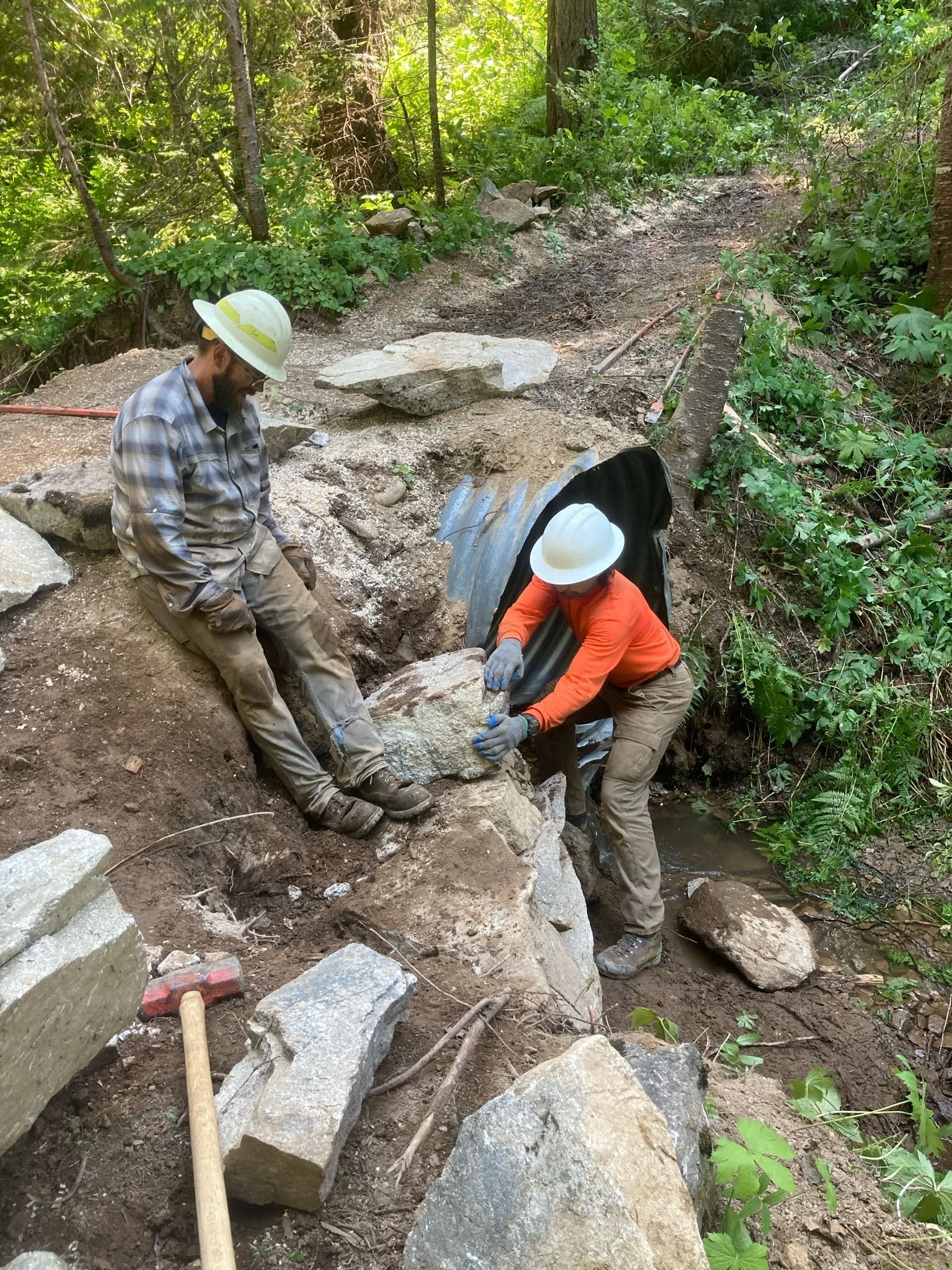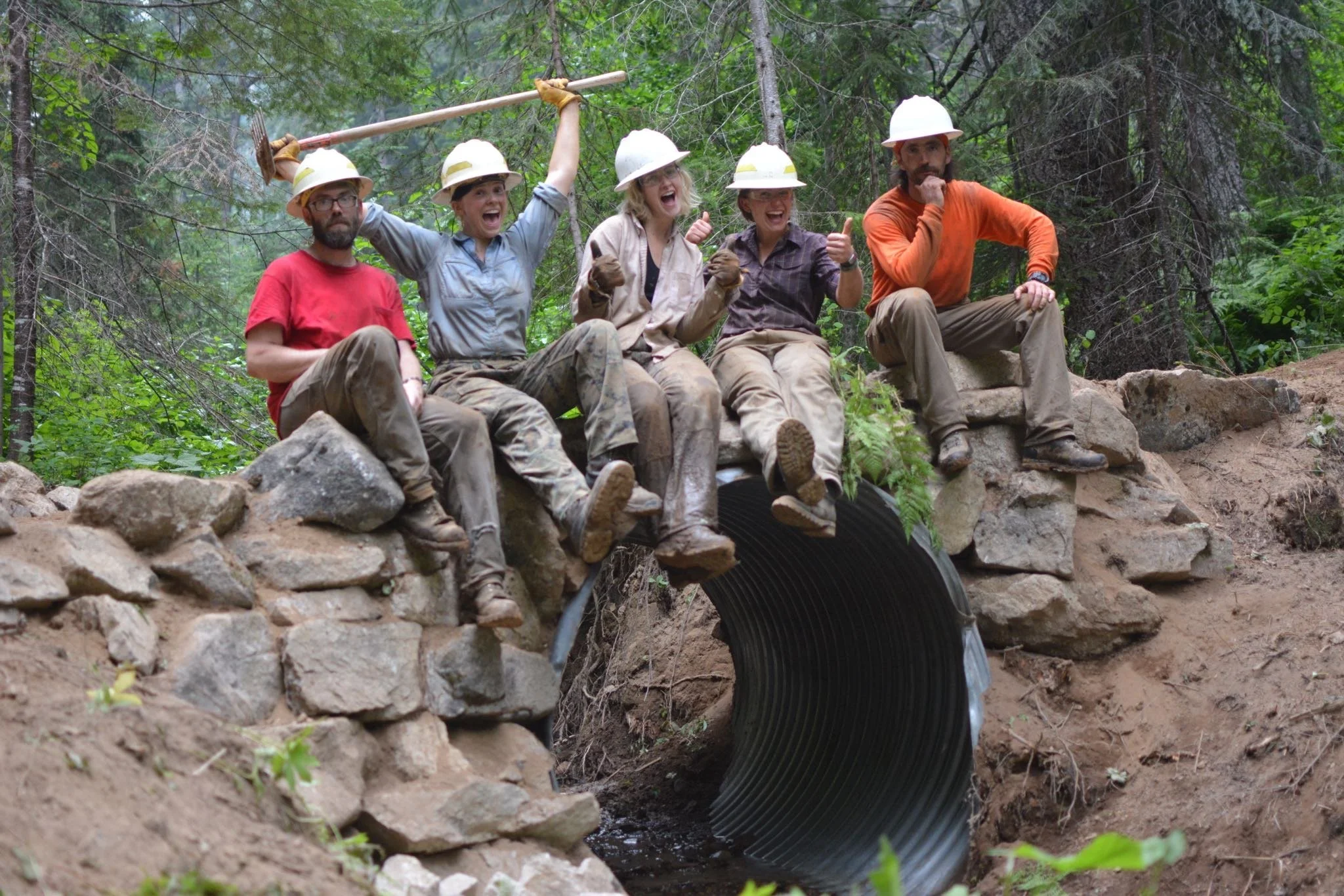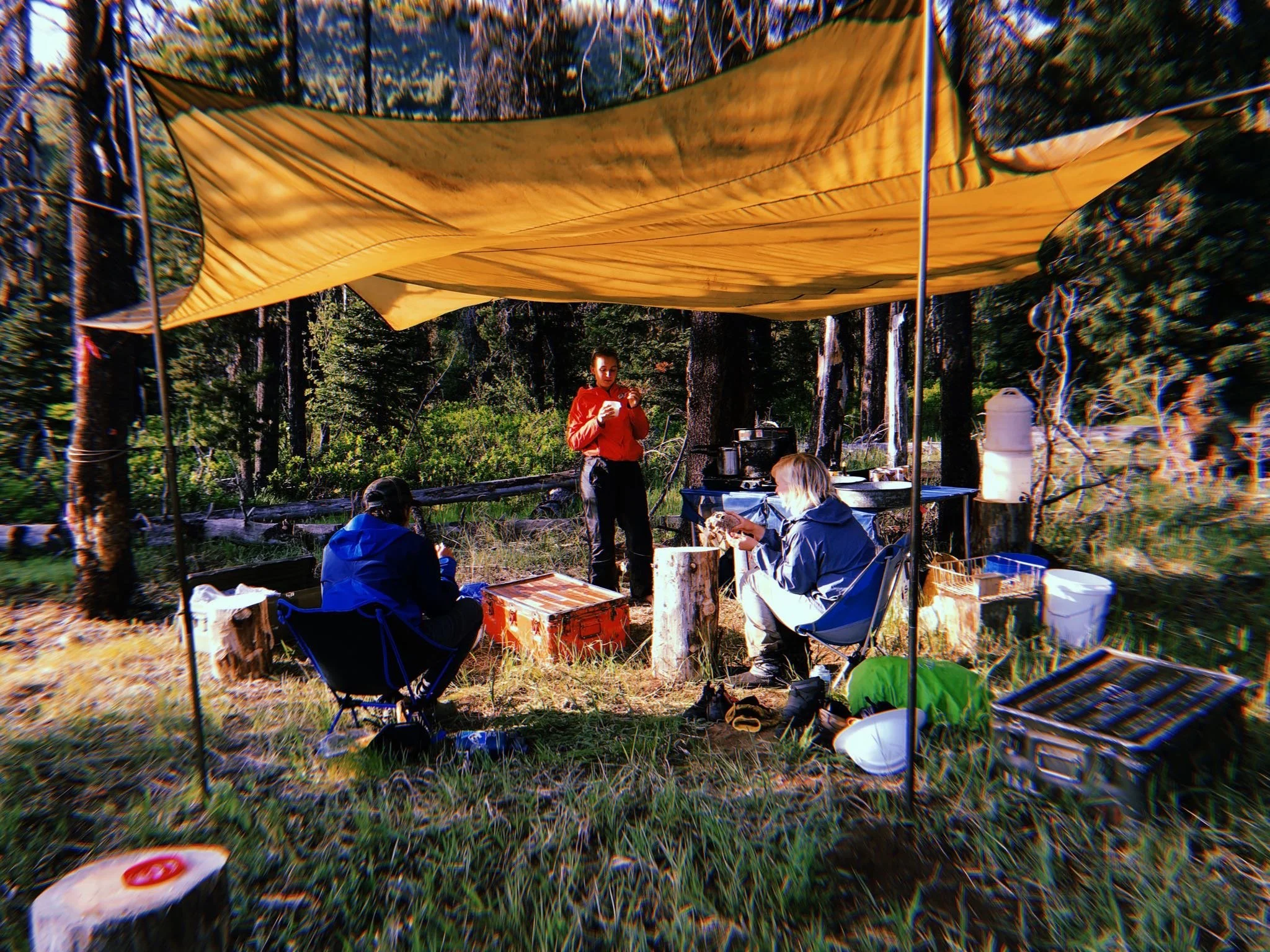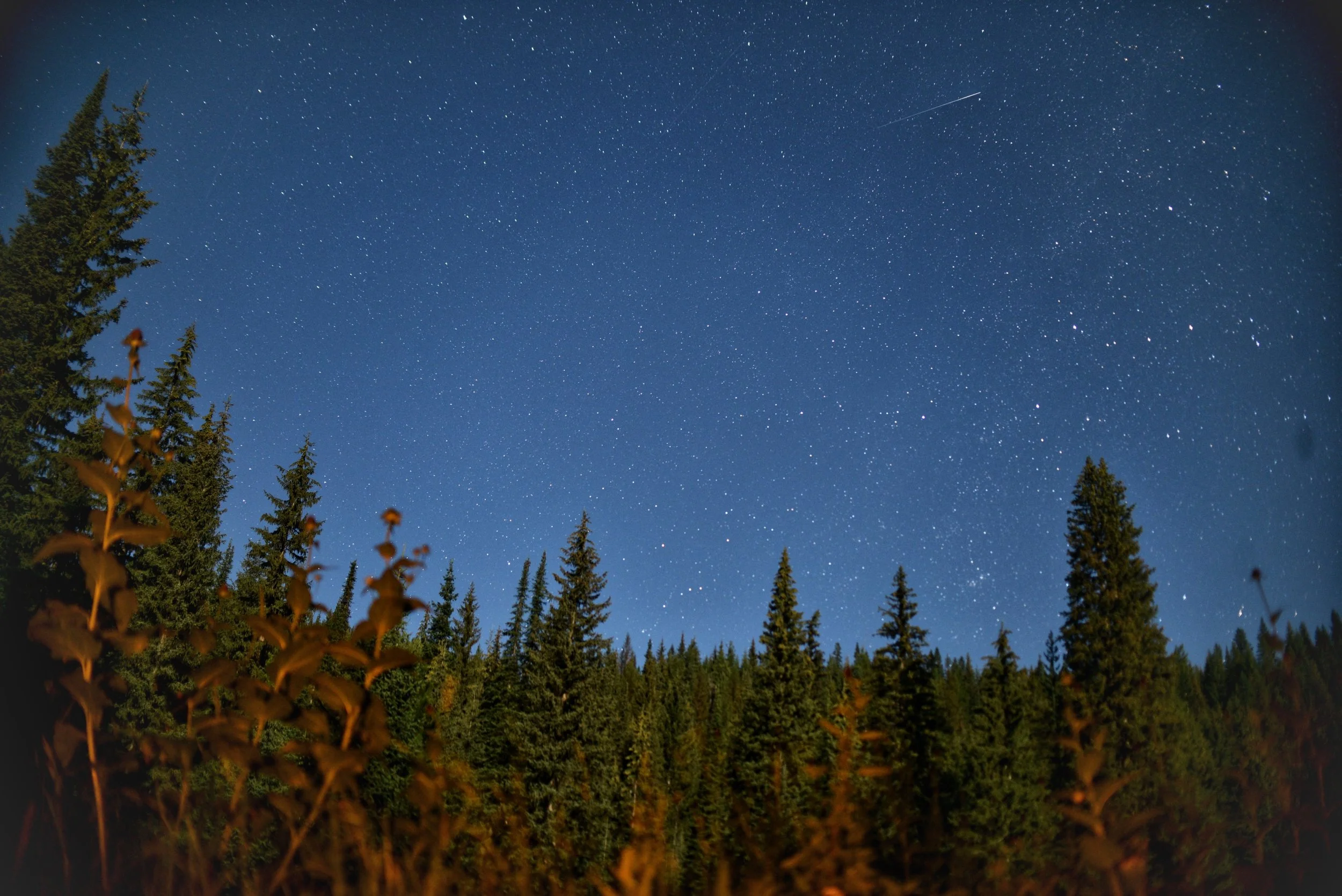Unbeknownst to me, y’all seem to really enjoy Ranger Joelle blog posts, as it was one of the most requested topics in the poll on social media (alongside featured flora… don’t worry we’ll have that too!) So, knocking out a few birds with one stone, and welcoming everyone to the most wonderful 2024, I want to let you in on some of my hopes for 2024 and what I’ll be packing in my backpack — let’s get to it.
As the GBCA office is working hard to pull together plans for the 2024 season of all of our crews, I’ll let you in on some of my plans for this year.
I’ll be taking a Wilderness First Responder (WFR) class this spring. Currently I am Wilderness First Aid (WFA) certified, but this class will be the next step in the direction of taking care of folks on the trail. When hearing about these classes, it’s easy to think worst-case scenario, but some things I’m also most interested in are: staying hydrated on the trail, combatting fatigue, dealing with the heat, and food allergies. Of course, we learn how to tend to sucking-chest wounds, severed limbs, and broken bones as well, but we have to remember that staying safe on the trail starts with all of the small things!
I’ll be attending the Northern Rockies Wilderness Skills Institute again. This event, happening in May is a very important week-long skill-building course where we don’t only learn about land designations and trail maintenance, but also have the opportunity to connect with others in similar positions throughout the Northern Rockies region. I find this to be the most valuable part of the whole week — learning new recipes for dinners on volunteer trips, understanding different campsite survey protocols, and communicating about how to handle uncomfortable situations in the backcountry with other experienced souls.
Collaborating with new groups to gain more stewards of the land and connect people with this special place. I will be taking a trip with the Women Who Explore group again to help me clean and repair campsites at the end of the season. The Clearwater Trekkers will be coming with me for a couple days to learn what I do in the backcountry and to help with campsite surveys and trail inventories. Keep your eyes open on our website and social media for more details on these and others that you may be interested in!
Along with Chris, I hope to get involved with more outreach to school-aged kids to teach them more about what we do, what a special place this is, and how to learn to love the land (or even set up a tent)!
Many other things are in the works for 2024, so keep your eyes and ears peeled as the season draws ever-nearer.
Some of you are wanting to learn more about what to pack when hitting the trail. Getting ready for all of these exciting adventures, here’s a general list of what I’ll be packing with me on a trip out in the field:
this list is by no means right or wrong, so use it as a base and add or subtract to fit your comfort.
rain coat
dry bag for my clothes
a small towel (cuz I always seem to go swimming, and it’s good for lots of other things too)
puffy jacket
wool sweater (depending on season)
beanie, gloves, and a buff (no matter the season)
camp pants (or shorts, depending on season)
2 shirts (one I wear, the other stays dry for camp/sleeping)
2 pairs of socks (one on my feet, the other for sleeping)
underwear for each day
headlamp
book and a journal + 2 pencils
lots of paracord
pocket knife
trash bags (for packing trash, but also staying dry)
folding camp saw + lighter
compass + map
binoculars
playing cards!
1-person tent (or a bivvy bag if it’s
nice weather.. but no one wants to be wet all the time)
18F sleeping bag
thin sleeping bag liner (to keep my stinky self out of my bag!)
sleeping pad (R-value 3.8)
sometimes I live fancy and bring a hammock (not to lay in, but to wrap around me like a blanket to keep the mosquitoes away… the volunteers have seen this)
jet boil, fuel canister, a metal spoon (I don’t like my spoon to break and would rather carry “extra” weight)
2-3L capacity for water
hand pump water filter
I also always carry iodine tablets in case of emergency
first-aid kit
toiletries: toothbrush/paste, sunscreen, chapstick, toilet paper and a trowel
a Cliff Bar (I don’t eat these, but I would hate to encounter someone on the trail with LBS and not be able to help out)
My food includes:
Oatmeal for breakfast
Crackers, summer sausage, and an apple for lunch
carrots for snacks
dinner is typically some kind of rice with dried veggies and salmon pack
“thanksgiving-in-a-pot” is also one of my faves that my volunteers typically get to experience as well
one pudding pack for a “bad” day on the trail
*I always bring at least 1/2 day extra food, depending on length of trip
So there ya have it! I feel a little exposed spilling the contents of my bag all over this blog post, but maybe it helps to see a little of the day-in-the-life of a field worker. I may pack too much in this bag for some, and not enough for others. Pack as you wish, and enjoy your journeys in the Great Burn this coming season. Maybe I’ll see you out there.
Cheers and Happy Trails,
